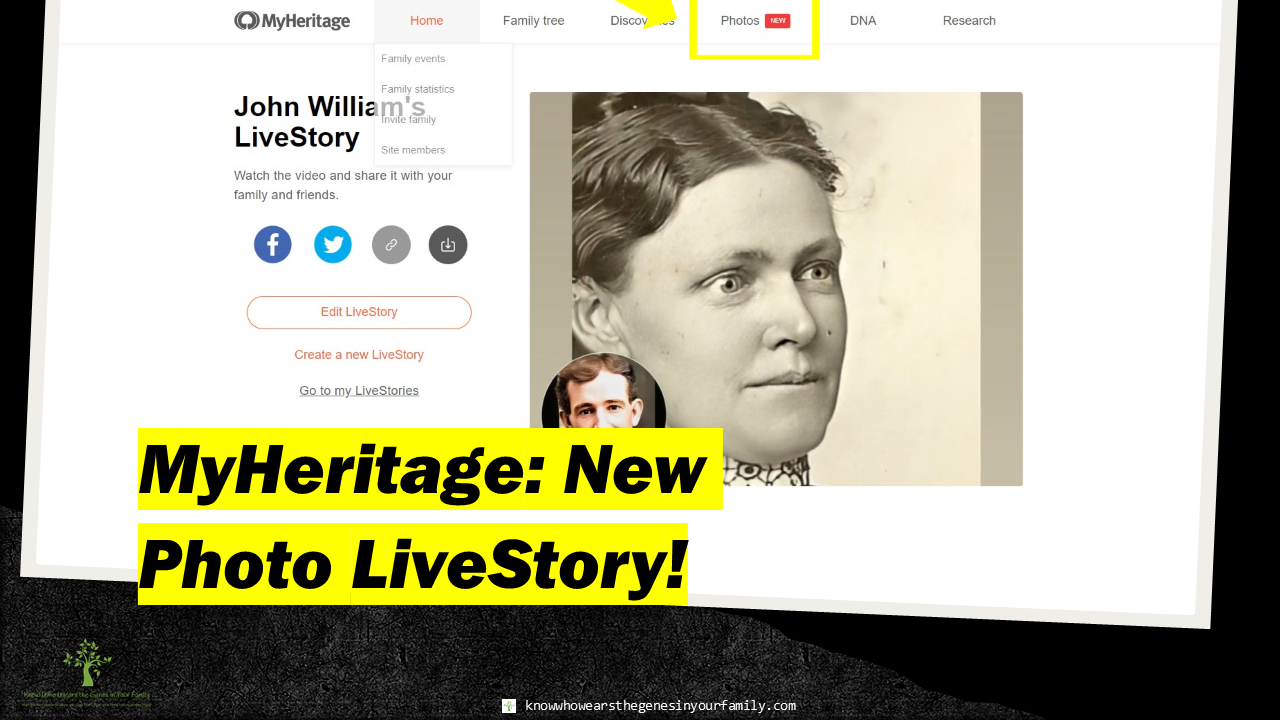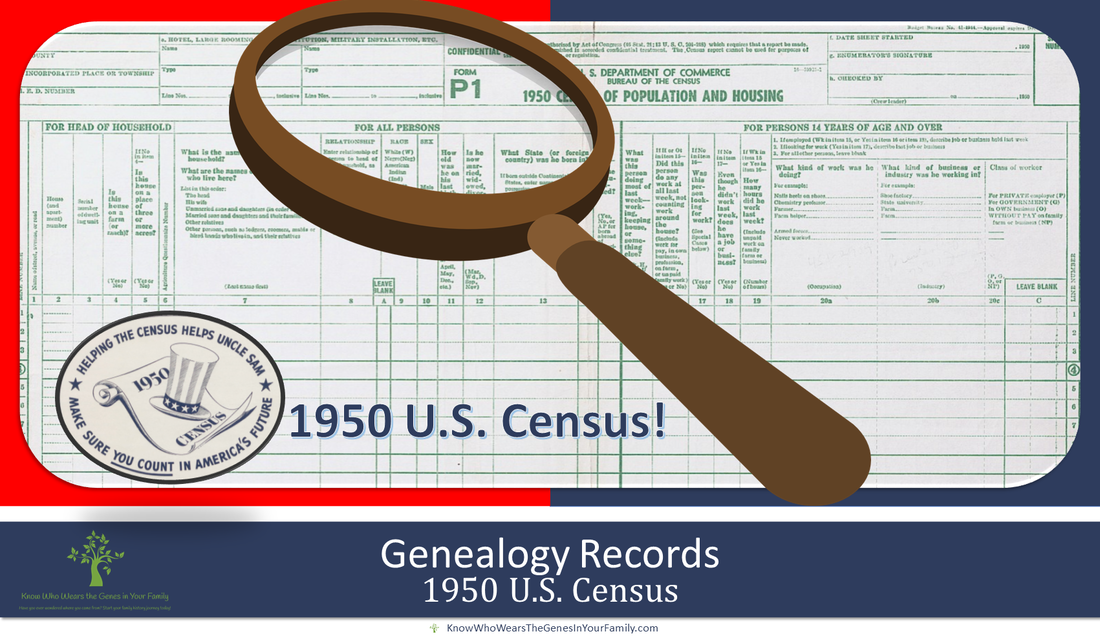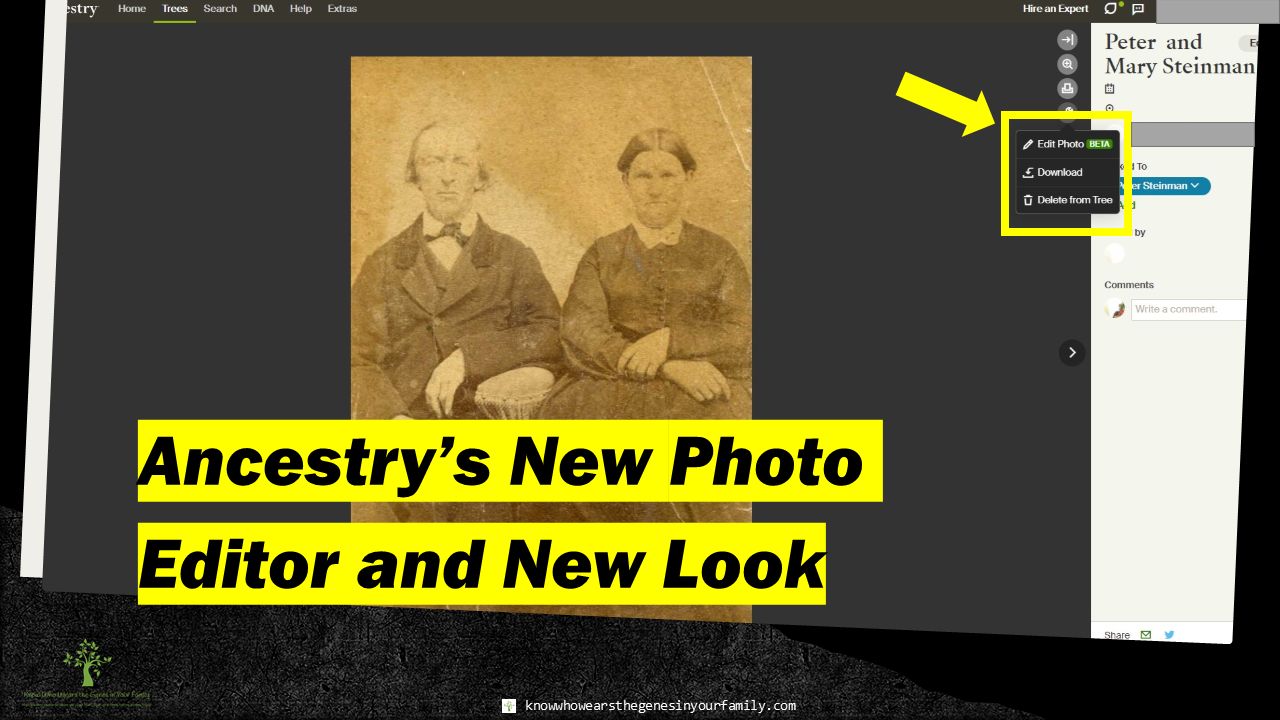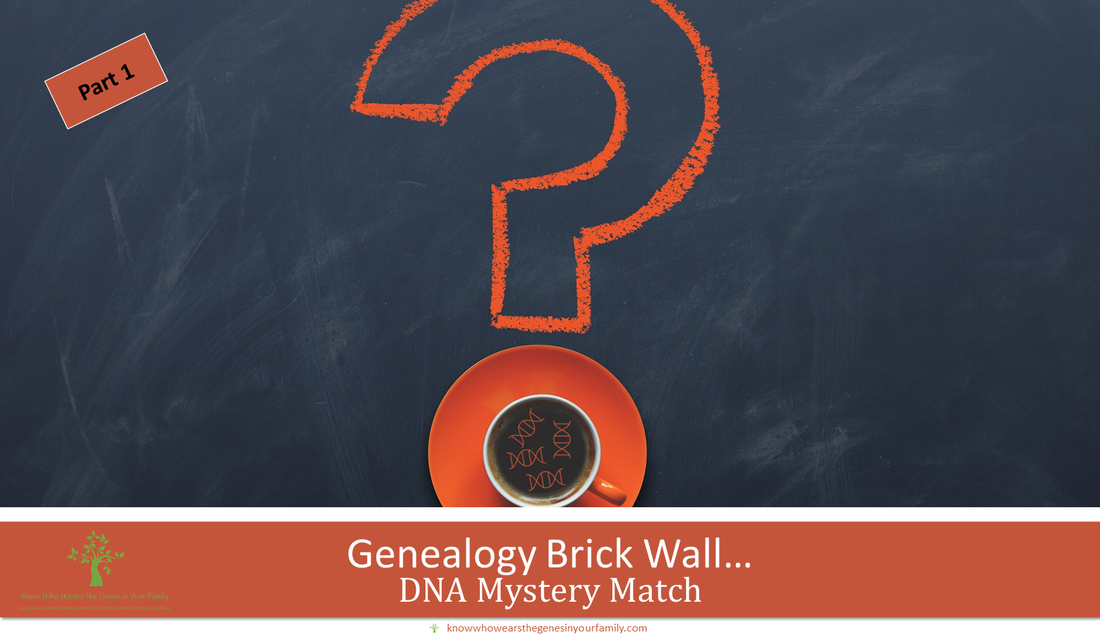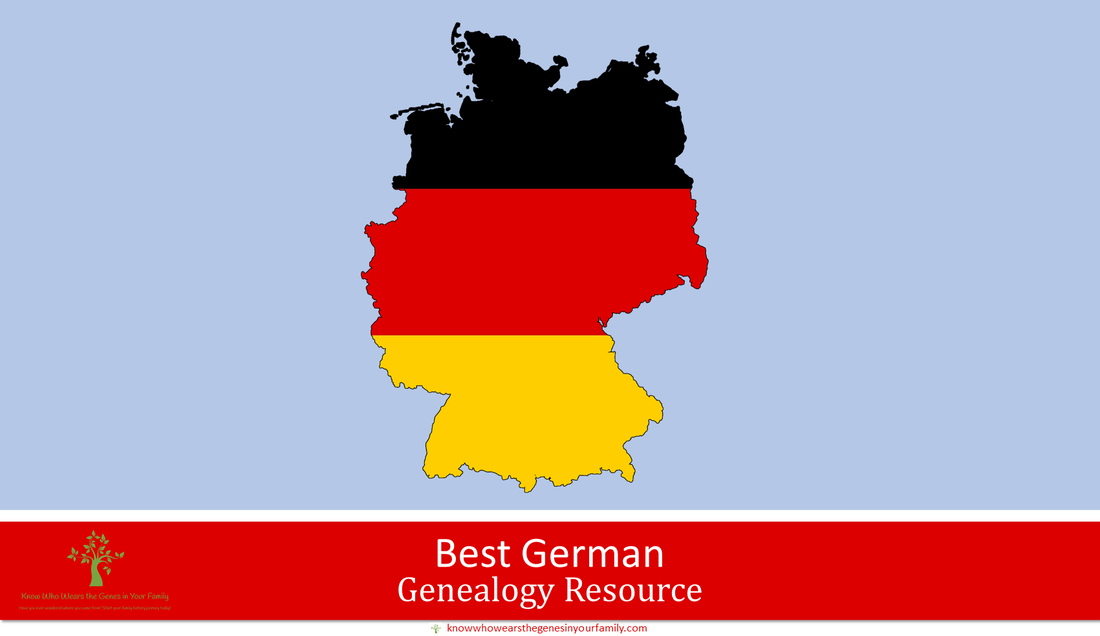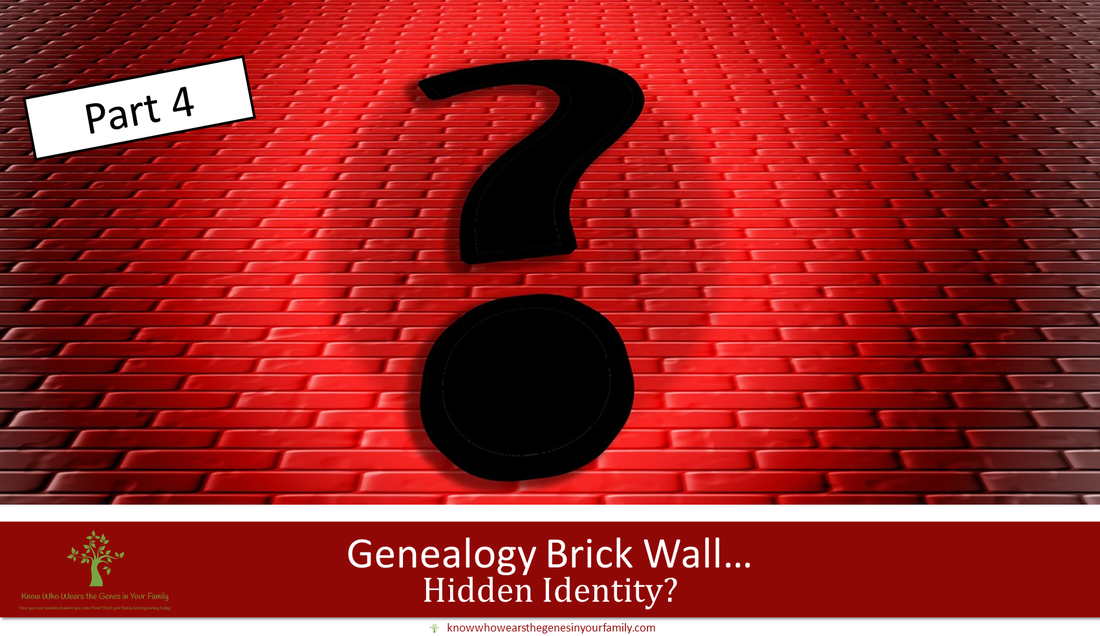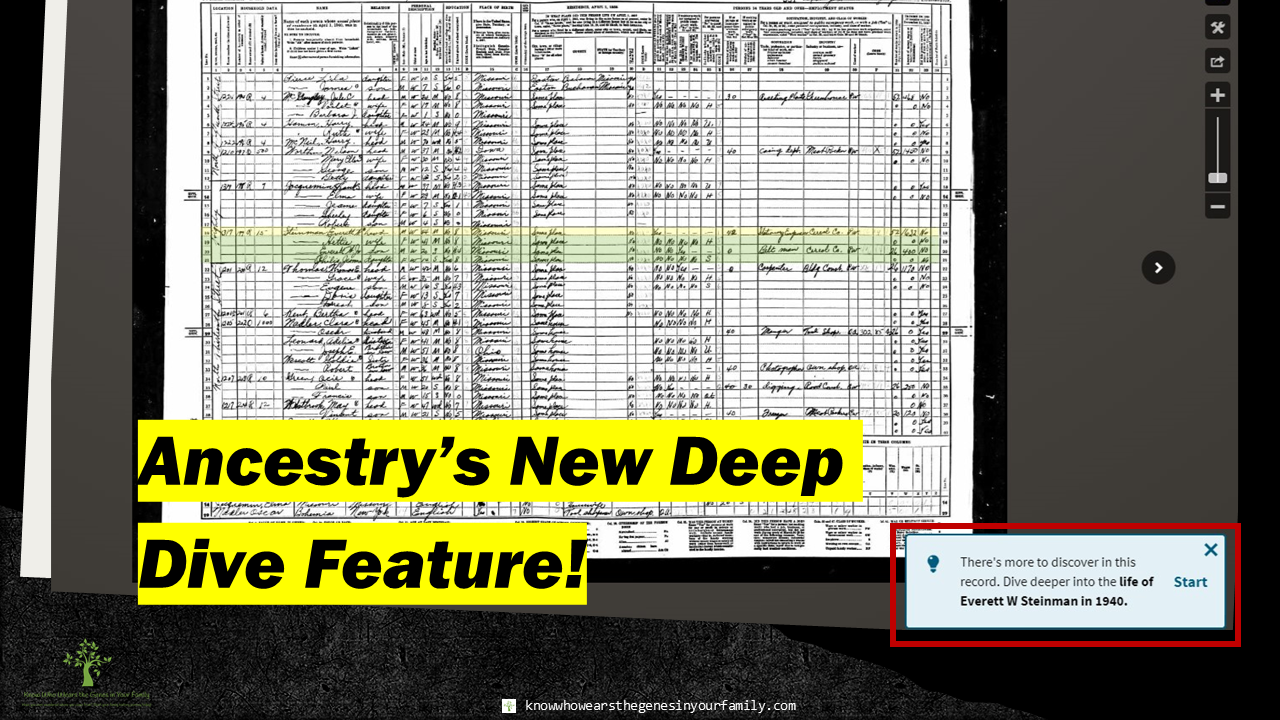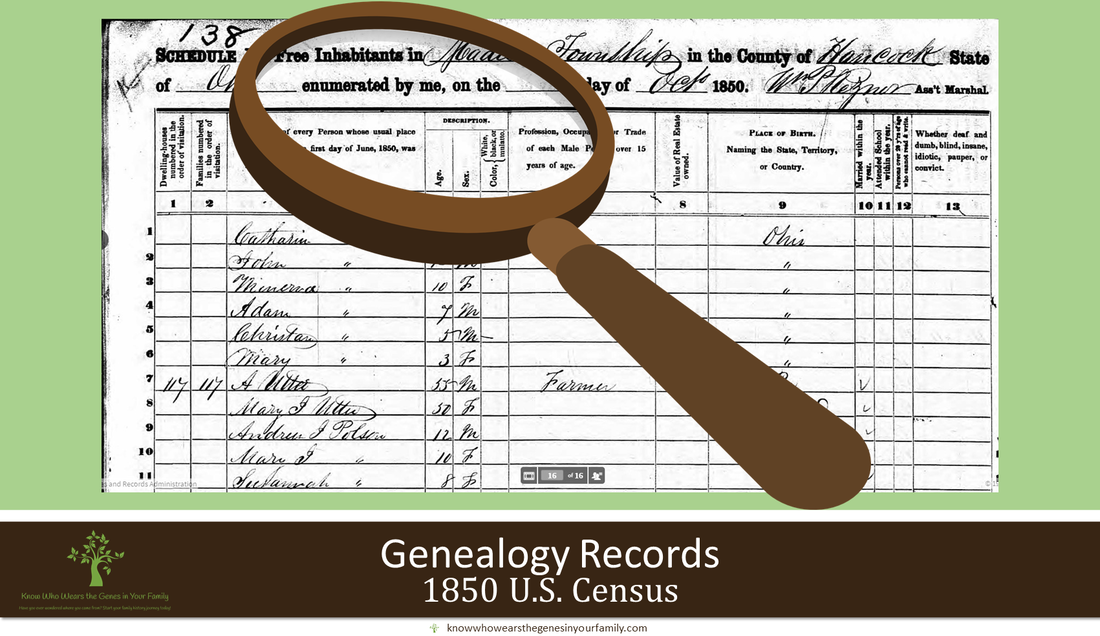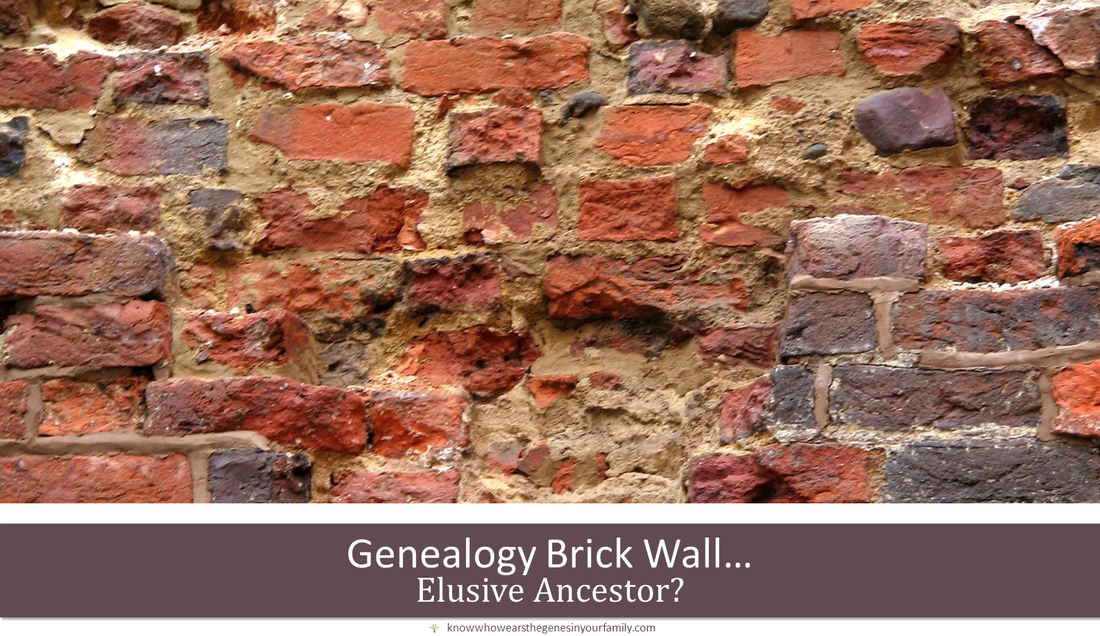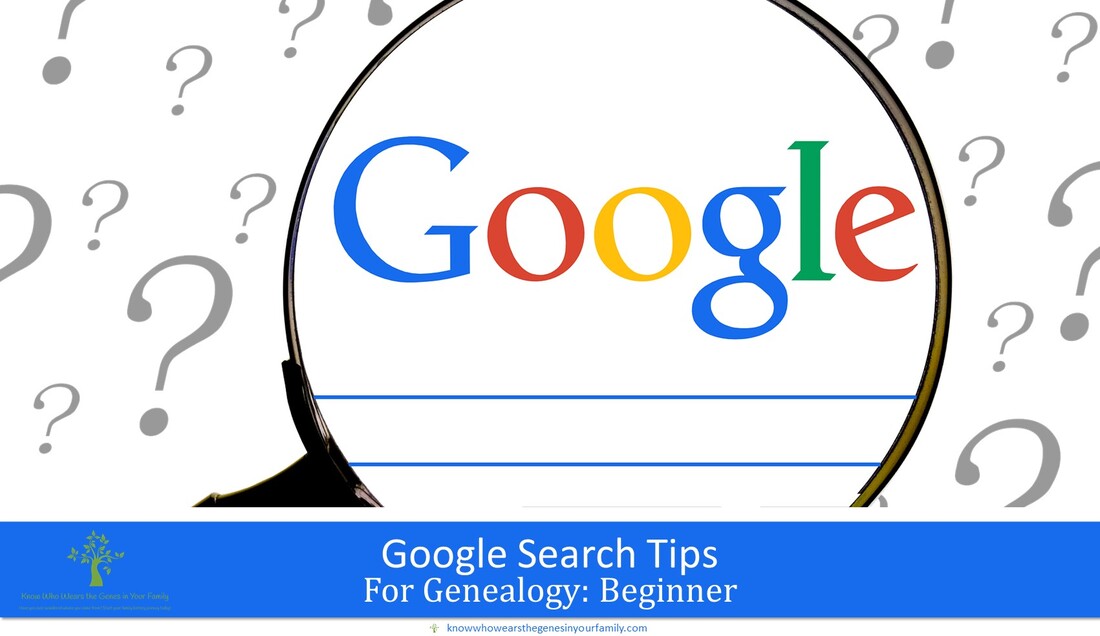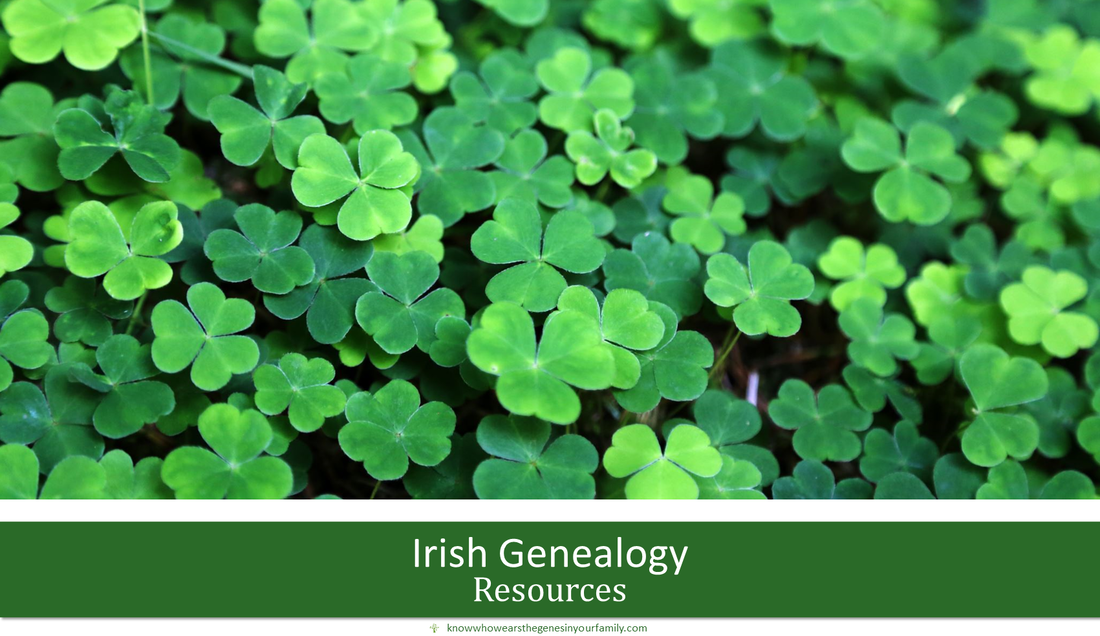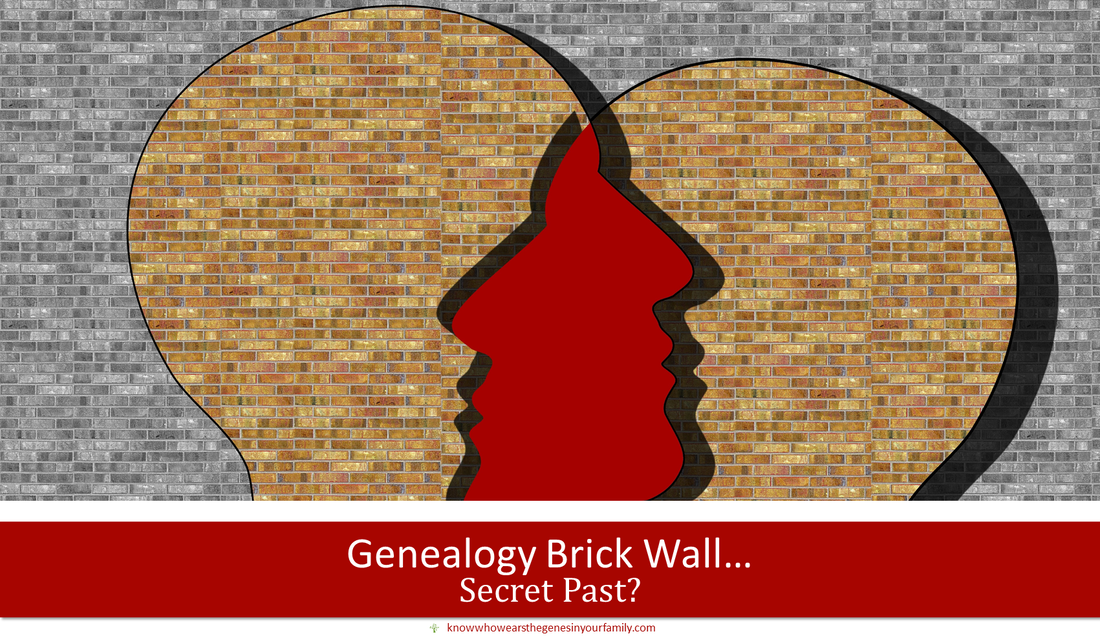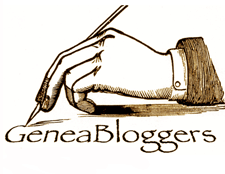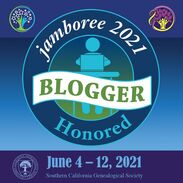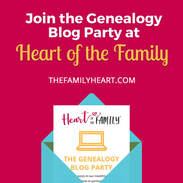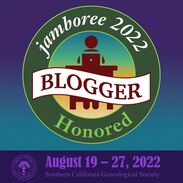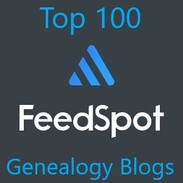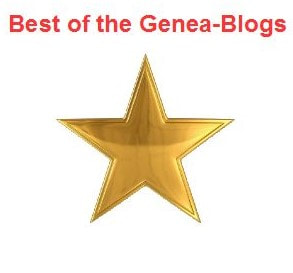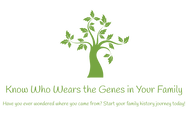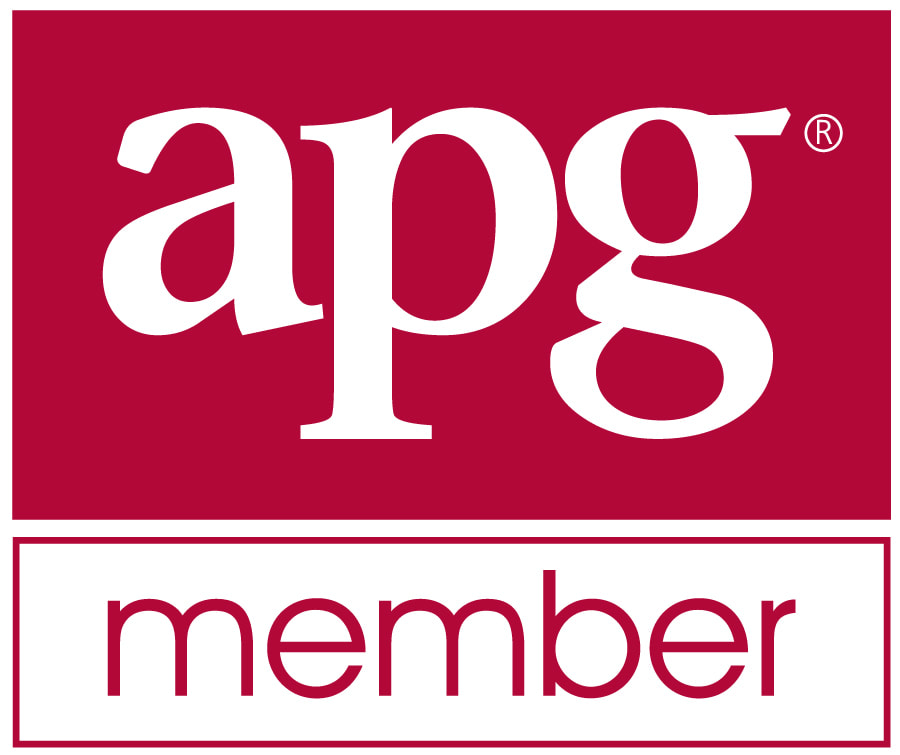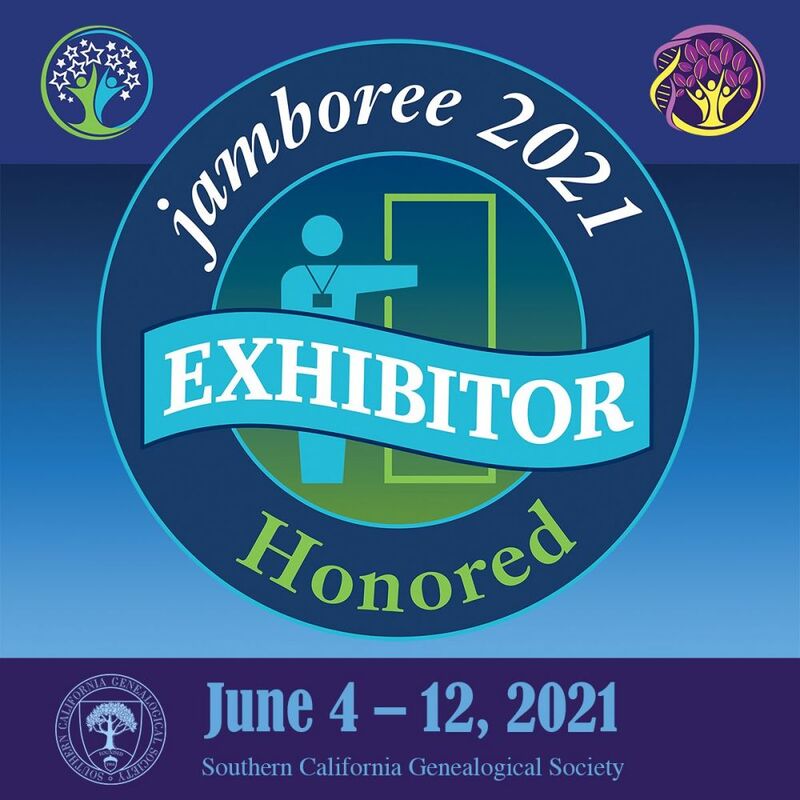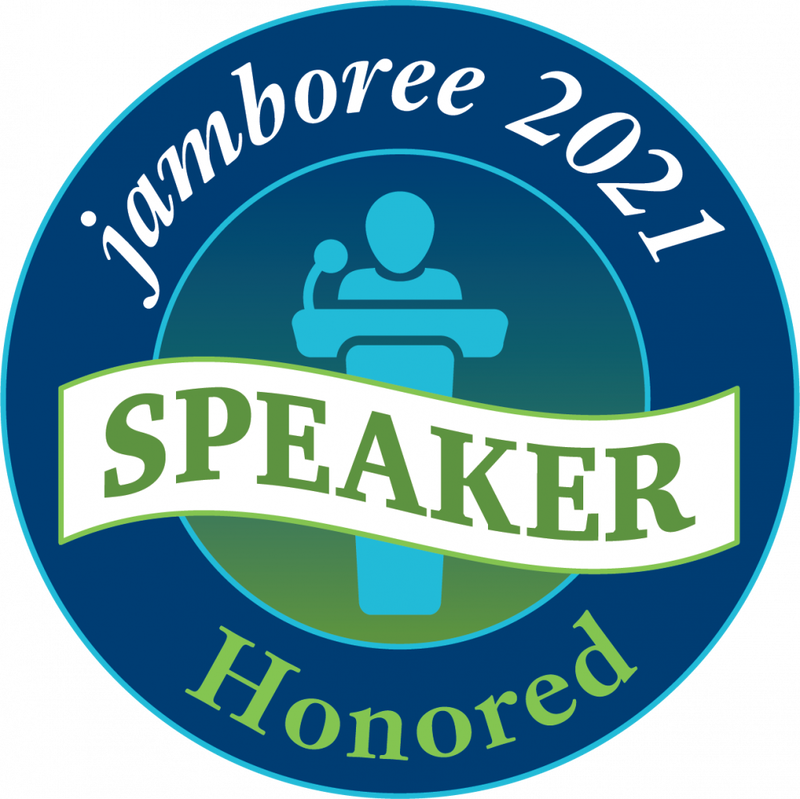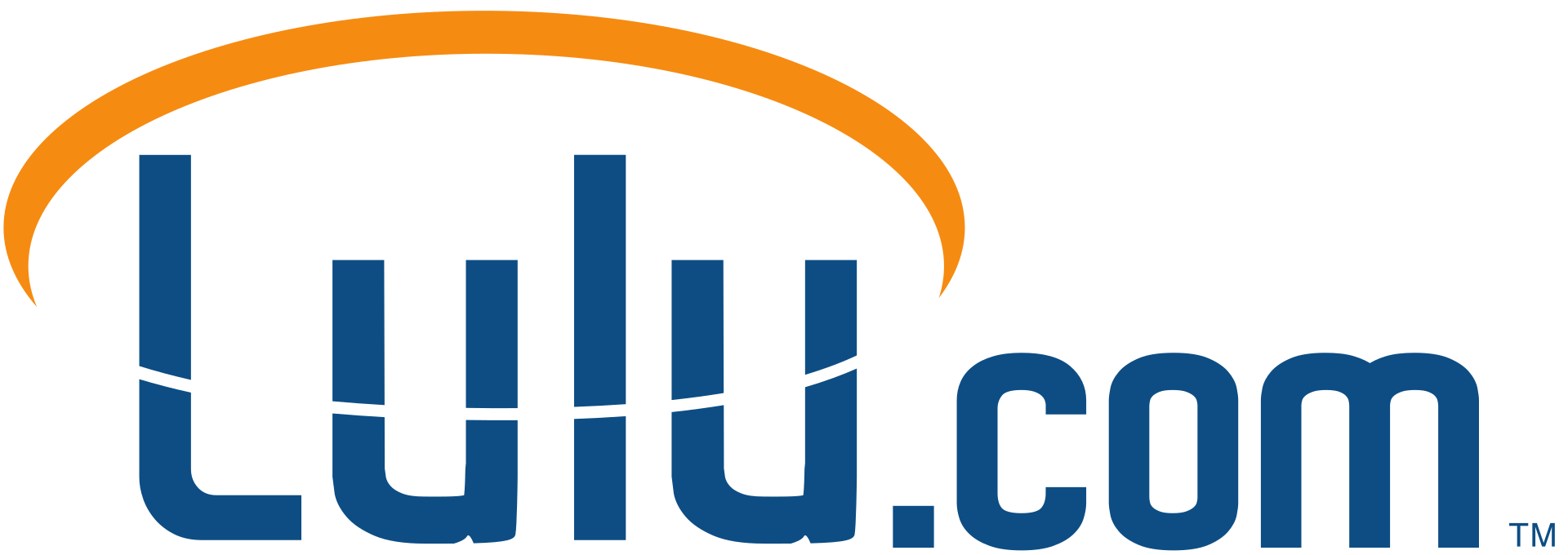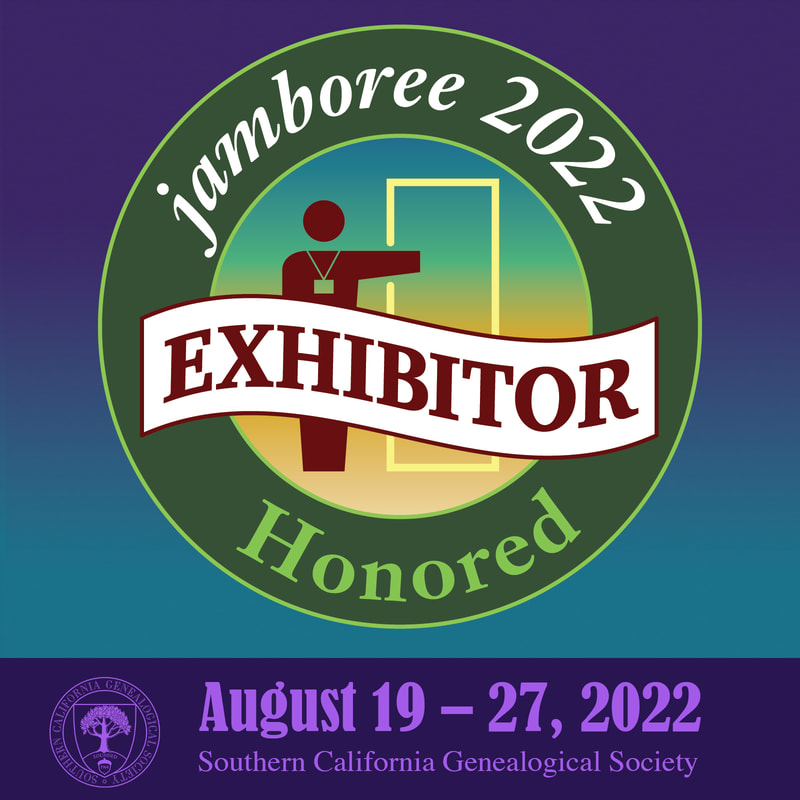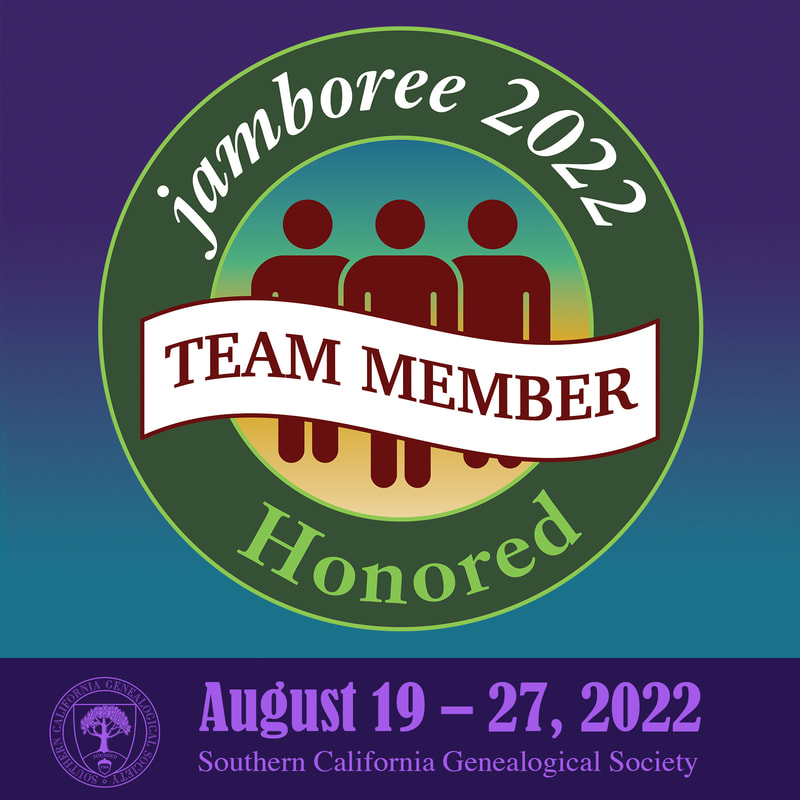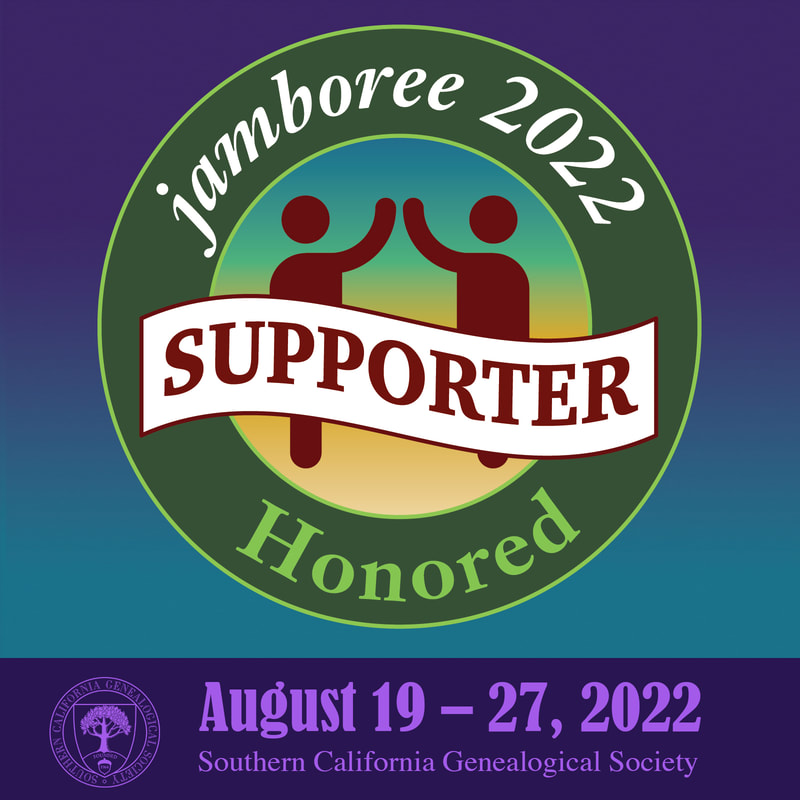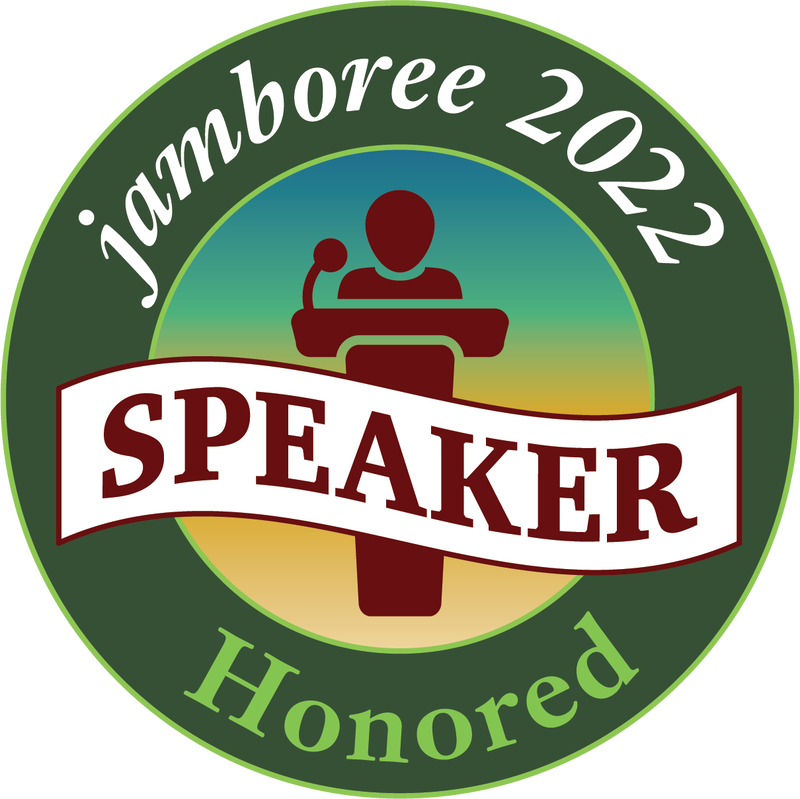MyHeritage: Updated Family Statistics Feature for Your Family Tree!There are tons of genealogy tools and resources out there, but did you know there is one place that offers a plethora of cool, helpful tools all in one place? MyHeritage has tons of FREE analytics for your family tree, with their Family Statistics feature filled with interactive charts and metrics, to help you see your family history in a whole new light! With categories like Places, Ages, Births, Marriage, Children, Divorces, and their brand-new Relationships category, you can understand your family history in a fun and engaging way! Everything is clickable in each category, showing you either percentages or taking you to a particular relative. The new Relationship category goes a step further by bringing you to an ancestor list that is specific for that metric! You can reach the Family Statistics charts by clicking on the "Home" dropdown menu, then selecting "Family Statistics". MyHeritage Family Statistics Overview Category:MyHeritage New Family Statistics Relationship Category:If I click on "3 steps away from you" on the "Steps away from you" chart in the Family Statistics Relationship category, it shows me all the people in my tree that are 3 steps away from me (based on who I have included in my MyHeritage family tree), as shown below. If I click on "Related specifically through his father", concerning my father, on the "How people are related to you" chart in the Family Statistics Relationship category, it shows me all the people in my tree that are related through him (based on who I have included in my MyHeritage family tree), as shown below. Likewise, If I click on "Related specifically through his mother", concerning my father, on the "How people are related to you" chart in the Family Statistics Relationship category, it shows me all the people in my tree that are related through her (based on who I have included in my MyHeritage family tree), as shown below. If I click on "Related specifically through her father", concerning my mother, on the "How people are related to you" chart in the Family Statistics Relationship category, it shows me all the people in my tree that are related through him (based on who I have included in my MyHeritage family tree), as shown below. Again, if I do the same for "Related specifically through her mother", concerning my mother, on the "How people are related to you" chart in the Family Statistics Relationship category, it shows me all the people in my tree that are related through her (based on who I have included in my MyHeritage family tree), as shown below. MyHeritage Family Statistics Places Category:MyHeritage Family Statistics Ages Category:MyHeritage Family Statistics Births Category:MyHeritage Family Statistics Marriages Category:MyHeritage Family Statistics Children Category:MyHeritage Family Statistics Divorces Category:I do not have my full tree or full details of my ancestors on MyHeritage, as I started with Ancestry well over a decade ago, and it is easier for me to just keep up with one tree in one place, but the more family and details you have on your MyHeritage tree, the more interesting the charts will be!
If you don’t have a MyHeritage account yet, now is the time! It’s a fantastic all-in-one site to store your tree (up to 250 people for free), research records, bring life to your photos, deep dive into your DNA, along with tons of freebies, such as their Family Statistics charts that I just mentioned, beautiful professional heirloom family trees and charts, Free DNA tools, and so much more! Sign up for your FREE MyHeritage account today and access some pretty cool tools, at MyHeritage.com! More Genealogy Resources: Learn about more resources you can use in your genealogy research and to preserve your family history under the Genealogy Resources category and on my dedicated Genealogy Resources page! *The Best of the Genea-Blogs
4 Comments
After posting a couple of blogs this month on family heritage (Celebrating Your German Ancestry during German-American Heritage Month! and Celebrating Filipino Heritage and Ancestry during Filipino American History Month!) for German-American Heritage Month and Filipino History Month during Family History Month, I decided to look into heritage a little more, which took me more into biographical ancestry and DNA ethnicity results. DNA tests for your ethnicity can be quite fun, but did you know that ethnicity can’t really be detected from your DNA? It can overlap with your biogeographical ancestry though. According to the Merriam-Webster Dictionary, the definition of ethnicity is a particular ethnic affiliation or group. Not only does ethnicity look at common geographical locations, but religious affiliations, and cultural heritage as well. Don’t get too hung up on your ethnicity results from DNA testing companies then get off track with your research by going down a rabbit hole. DNA Sample Populations: Keep in mind, that most of the sites sample pools are not very large and the samples are taken from people living now; this is what forms the panels for the reference populations. They do try to collect from people with deep roots in a particular area though. You also need to keep in mind that political boundaries have changed greatly over time and that the regions used in DNA tests are of modern day. You get your DNA “ethnicity” percentages based on your closest matching populations to the reference panel. YOU ALSO CAN ONLY MATCH TO THE GEOGRAPHICAL REGIONS THAT ARE IN THE COMPANY'S DATABASE, so keep that in mind as well; although, they will try to match you to the next closest region that they have available in their database. Calculating Your DNA “Ethnicity”: You have a better chance of understanding your biogeographical ancestry if you use your results from each site in conjunction with one another, along with your research of where your family immigrated from, your family surnames, and the trees and names of your distant matches (with hope that their research is correct 😉). Results vary from company to company because they each use a different algorithm and, of course, they have different reference populations to compare your DNA to. DNA Results Constantly Changing: Keep in mind that each company tries to improve on results, so your results may change over time. They may have more regions included in their reference population, they may have come up with a better algorithm, etc. Your DNA “Ethnicity” Percentage Reliablility:
My DNA “Ethnicity” Results from AncestryDNA:
My DNA “Ethnicity” Results from 23 and Me:
My DNA “Ethnicity” Results from MyHeritage:
My DNA “Ethnicity” Results from Family Tree DNA:
*These are my newest/updated results at the time of this post; remember, they are constantly updating and improving. These results have changed quite a bit overtime.
My Known Family Geographical Regions of My Main Family Lines (Using the Lines of All My 2nd Great Grandparents):
My Known Family Geographical Regions Compared to My Ethnicity Results Used in Conjunction: If I use my ethnicity results in conjunction with my known family geographical locations, along with understanding present day locations and migration patterns, and if I keep a mental note of the percentage RANGES that each company offers and how each company defines their geographical regions, then my “estimates” are not too far off. 😉 The only unknown composition (that I have no idea where it came from) is African. I do have a 4th great grandparent on the Mexican line of my paternal side that shows as Mulatto on a Mexican baptismal record, but that doesn't show up in my DNA; although, it does for my paternal uncle. But, when I deep dove more into my results and my DNA matches (and now AncestryDNA has their new "SideView Ethnicity Inheritance" DNA feature and their new "Ethnicity Chromosome Painter" DNA feature to help confirm what I had already researched on), I had learned it is on my mother's side. I have ABSOLUTELY no idea where it comes from, and I'm still researching to figure that out. It shows up on ALL the sites I tested my DNA at (or uploaded my results to), along with many of my maternal matches showing the same; although, the percentages may be off, it is obviously still part of my biogeographical ancestry. Summary of Understanding Your DNA “Ethnicity Results”:
More Genealogy Resources: Learn about more resources you can use in your genealogy research and to preserve your family history under the Genealogy Resources category and on my dedicated Genealogy Resources page! More DNA Posts: Interested in genetic genealogy? Find more DNA posts under my DNA Simplified category! Other DNA Posts that May Be of Interest:
10/16/2022 Celebrating Filipino Heritage and Ancestry during Filipino American History Month!Read NowNot only is the month of October National Family History Month, but it is also Filipino American History Month! To celebrate my children’s Filipino ancestry and honor their Filipino immigrant ancestors, their father; paternal grandparents; and a paternal great grandmother; I thought I’d honor their Filipino Heritage and Ancestry by sharing a little about it and ways you can celebrate Filipino Americans or your own Filipino Heritage and family history. 😊 About Filipino American History Month: Filipino American History Month is observed in October each year to commemorate when Filipinos were first known to be in what now is the U.S., while celebrating the history, culture, heritage, and accomplishments of Filipino Americans. It’s a month-long observance of Filipino-American Heritage! Did you know that Filipinos first arrived on October 18, 1587, on the Spanish ship Nuestra Senora de Esperanza, landing in California? There have been four huge waves of Filipinos settling in what is now the U.S. The first wave started in 1763, settling in Saint Malo, a small village in what is now Louisiana. Shortly after, in 1781, they settled in what is now Los Angeles, California. The second wave came in the early 1900’s, as workers to mostly California; Hawaii; and Alaska; and students for an Ivy League education. The third wave of Filipino Americans came in the 1940’s, first as military recruits during WWII and later their families came, after the War Brides Act. The fourth and final wave of Filipino American immigration came after the Immigration & Nationality Act of 1965. Did you know that Filipino Americans are the second largest Asian American Group in the U.S.? In California, where I live, they’re the third largest ethnic group and are where the largest number of Filipino Americans hail from! Filipino Influences on American Society and Culture: Filipino Americans have contributed greatly to our society, ever since their families began settling in, and what is now known as, the U.S. They have worked in the plantations of California and Hawaii, and the fisheries of Alaska; fought to protect the freedom of the U.S. in WWII; helped fill the professional workforce in the Health and Technology industries, while leaving their families behind; among many others. There are many, many, Filipino contributions to our society, and this list is in no way exhaustive. 😉 My Filipino American children and their Immigrant Ancestors: Two of my children are half Filipino, and their father; paternal grandparents; and one of their paternal great grandparents are Filipino-Americans. Their father, his parents, and most of his siblings immigrated in 1985. Most of his maternal aunts and uncles, along with his maternal grandmother, came shortly before. The majority became U.S. Citizens. My father-in-law/My children’s Lolo (grandfather in Tagalog) Mac was born 1921 in San Jose, Nueva Ecija, Philippines and died 1995 in Glendora, Los Angeles, California of Liver Cancer. He never knew his parents, as they died when he was quite young in a car accident, and he was orphaned. My mother-in-law/My children’s Lola (grandmother in Tagalog) Ampy was born 1926 in Gapan, Nueva Ecija, Philippines, and was the eldest of fourteen children. She died 2011 in the Philippines (having gone back just a couple of years before for her eldest daughter to take care of her) of a Brain Tumor. They married in 1951 in Manila and had seven children. Four of their children, including my children’s father, immigrated with them in 1985; one emigrated to Australia; and two stayed behind in the Philippines, as they had their own families. Filipino families are very tightly knit, and they take great pride in their heritage! Celebrations of any kind are huge and grand, and they almost always revolve around food! 😊 Ever since the patriarchs of this family had passed, the huge family gatherings died down little by little, and we are now only left with memories of what was. Some of the Family Memories that Are Still Fresh:
Some of Our Family's Traditional Filipino Foods: All the main dishes are always served with rice, usually Jasmine rice.
Can you tell that food is an important part of Filipino culture and heritage, from all the pictures I posted?! I know, I posted a lot! Not only did I post many photos of food because food is an integral part of Filipino heritage, but I also had to make up for the lack of photos that my family wouldn't let me post! 😉 Family gatherings ALWAYS revolve around food! Food is a way to spend quality family time together whether it be by cooking together, sitting down and eating together, or even cleaning up together. It's a chance to catch up, along with hearing stories of the past. How you can observe Filipino American History Month and Embrace the Filipino Heritage or Your Own Filipino Ancestry: 1. Research your Filipino ancestors! 2. Give voice to one of your Filipino ancestors, through video, with MyHeritage’s DeepStory photo tool 3. Blog about one of your Filipino Ancestors 4. Write a short biography on one of your Filipino ancestors 5. Make a Filipino heritage scrapbook 6. Visit a museum that includes Filipino art and culture 7. Visit a Filipino-American Town, such as “Historic Filipinotown” in Los Angeles CA, “Little Manila” in Stockton CA, “SOMA Pilipinas” (Filipino Cultural Heritage District) in San Francisco CA, Delano CA, Saint Malo LA, and “Little Manila” in Queens NY, and more! 8. Listen to Filipino Music 9. Try a Filipino Recipe 10. Try out a Filipino restaurant 11. Go to a Filipino bakery 12. Read up on the contributions Filipino Americans have made to American society and culture 13. Join a Filipino-American Heritage Festival 14. Read Filipino literature or a book from a Filipino-American author 15. Research famous Americans with Filipino heritage and learn about their accomplishments 16. Learn how to speak Tagalog (the official language of the Philippines) or learn some Tagalog words (Did you know that English is the other official language of the Philippines?) (Did you know that there are 8 major dialects in the Philippines, along with many others?) 17. And this list can go on forever! 😉 Questions: Do you have Filipino ancestors? If so, where did they come from and when did they immigrate? How did your Filipino American ancestors help shape America? How will you celebrate Filipino American History Month and honor your Filipino Ancestry or Filipino Americans? Do you have something to add to this list? *Note: All family photos are copyright protected and are owned by me and may not be downloaded, screenshot, or saved in any other way without my explicit permission This post is a participant in the Genealogy Blog Party! A few days ago, AncestryDNA came out with their much-anticipated DNA feature that splits your DNA matches up by each parent. This feature is an extension of their SideView feature that I wrote about in Ancestry’s New SideView Ethnicity Inheritance DNA Feature!, which groups your ethnicity by each parent and is another useful genealogy resource and DNA tool by Ancestry. If you have just recently taken a DNA test for the first time, are new to AncestryDNA, or just haven’t quite got the grouping your DNA matches technique down yet, this feature is a tremendous help! It can help sort out your matches, which in turn can help you break down brick walls, including for unknown parentage! “Maternal” and “Paternal” Matches vs. “Parent 1” and “Parent 2” Matches: If you’ve had a parent test, it will tell you which matches belong to which parent, labeled as “Maternal” and “Paternal”. If you have not had a parent test, then it will split up your DNA matches as “Parent 1” and “Parent 2”. Editing Parent Label: If you know which side of your family even one of your matches is on, then you can easily tell which side is “Parent 1” vs. “Parent 2”. You can then go in and edit the “Parent 1” and “Parent 2” fields to “Maternal” and “Paternal”. The editor is right next to the label. “Both sides” Matches: Any descendants from kids that both of your parents had together will show up under this label, as well as any relatives (usually distant, but sometimes closer than you may expect 😉) that come from both sides. “Unassigned” Matches: Some matches may be labeled “Unassigned” because your test is fairly new and was processed after their last update in April of 2022, or it may be because they don't have enough information to assign them either parent yet. Editing Individual Match Label: If you have a DNA match that is listed under “Unassigned” or is incorrectly labeled, you can also go in and change that as well, by assigning that DNA match to the proper label. There are 2 ways to do that, shown below. I prefer viewing my matches in the “All Matches” view, so I can view the way I’ve grouped them by color. If you know how to group them by color coding, then you most likely already have your lines split by each parent, and you may find no use for this. Keep in mind that it may still be helpful for those distant matches below 20 cMs, as shared matches are only seen by up to 20 cMs shared or higher.
Keep in mind that this feature is still in Beta mode and may have some kinks in it still, so don’t take is as absolute. 😉 If you’ve done your DNA with Ancestry, then go on Ancestry and check it out! What do you think of this of this awesome new DNA feature from Ancestry? Does yours seem pretty accurate? Let me know what you think about it after you’ve checked it out, in the comments below! More Genealogy Resources: Learn about more resources you can use in your genealogy research and to preserve your family history under the Genealogy Resources category and on my dedicated Genealogy Resources page! More DNA Posts: Interested in genetic genealogy? Find more DNA posts under my DNA Simplified category! Other Ancestry DNA Features and Tools that May Be of Interest: AncestryDNA’s Chromosome Painter Feature: A Closer Look into Your Ethnicity Inheritance! Ancestry’s New SideView Ethnicity Inheritance DNA Feature! Other Ancestry resources, features and tools that may be of interest: Ancestry’s New Deep Dive Census Record Feature! Genealogy Resources: Ancestry’s New Photo Editor and New Look Updates Get Ready for the 1950 Census with New Updates and FREE Cool Helps from Ancestry! Do you have German ancestry? If so, here are the top genealogy websites to help you in your German family history research in honor of German-American Day! German-American Day is a holiday in the United States, that is observed annually on October 6th. It celebrates German-American heritage and commemorates the founding of Germantown, Pennsylvania. It started off as German Day in 1883, to commemorate the 200-year anniversary of the landing of the first German families on October 6, 1683 in Philadelphia, but it died out during WWI. It was then brought back through proclamation in 1983, as German-American Day, by President Reagan. It was put into law by 1987. Happy German-American Day! The Top Genealogy Websites for Your German Family History Research:
How will you celebrate German-American Day?!
Related Content:
More Genealogy Resources: Learn about more family history and genealogy resources under the Genealogy Resources category and on my dedicated Genealogy Resources page. This post is a participant in the Genealogy Blog Party! The Best of the Genea-Blogs Not only is the month of October National Family History Month, but it is also German-American Heritage Month! To celebrate my German ancestry and honor my German immigrant ancestors, I thought I’d embrace my German heritage and ancestry by sharing a little about it, my ancestors, and ways you can celebrate your own German heritage and family history. 😊 What is German-American Day: German-American Day is a holiday in the United States, that is observed annually on October 6th. It celebrates German-American heritage and commemorates the founding of Germantown, Pennsylvania. It started off as German Day in 1883, to commemorate the 200 year anniversary of the landing of the first German families on October 6, 1683 in Philadelphia, but it died out during WWI. It was then brought back through proclamation in 1983, as German-American Day, by President Reagan. It was put into law by 1987. About German-American Heritage Month: German-American Heritage Month is observed in October. Stemming from German-American Day on October 6th, the month is also related to Germantown’s history and October 1683. It’s a month-long observance of German-American Heritage! German-Americans have contributed greatly to our society, ever since their families began settling in Pennsylvania in 1683. Did you know that 15% percent of Americans are of German descent and that they’re the largest ancestral group in the U.S.?! That’s a lot! German Influences on American Society and Culture: Did you know that kindergarten, graduate school, the social security system, and labor unions are all based on models that sprang from Germany? Did you know that the Christmas Tree, “gift-giving” Santa Claus, and the Easter Bunny also came from Germany? German-Americans also introduced P.E. and vocational education in public schools. Recreational facilities can also be attributed to the German-Americans that helped shaped our country, as well as the forming of social clubs and groups. Do you like the “Weekend”? You can thank German-Americans for that too! There are many, many, German contributions to our society, and this list is in no way exhaustive. 😉 My German Immigrant Ancestors: My German immigrant ancestors were Johann Adam Steinman(n), Eva Elisabetha (Marquardt) Steinman(n), Peter Steinman, and Karl “Frank” Caesar “Smith”. Johann Adam Steinman(n) and Eva Elisabetha (Marquardt) Steinman(n) were my 4th great grandparents, who left Erlenbach and emigrated to the U.S. on July 31, 1831 through the Port of Bremerhaven, arriving through the Port of Baltimore MD sometime between September 16-20, 1831. They emigrated together with their children, including my 3rd great grandfather, Peter Steinman, along with 2 of their nephews. They were part of the Oldenwald Emigration Group that included the Famous Dove shipwreck, which you can read about with the following links below. This group was a group of family, friends, and neighbors that got together to flee high taxes, military conscription of their sons, and expensive land, who were bound for Hancock County, Ohio. Most of them were farmers. My 3rd great grandfather lost his baby sibling during the journey, and he was “buried at sea”. They first settled in Pennsylvania, for the first 6 years or so, before reaching their original destination of Ohio. They had 2 more children here in the U.S. My 4th great grandparents were devout Lutherans and were members of St. Paul’s Lutheran Church in Hancock County, Ohio. Johann Adam was very well respected in his community and contributed greatly to it and the church. Karl “Frank” Caesar “Smith” was my great grandfather who left Wiesbaden and emigrated to the U.S. through Rotterdam, arriving on April 7, 1893, through the Port of New York. The story told of why he immigrated was to flee his tyrant father and that his mother helped him to do so; although, the reason is still unknown. My great grandfather was said to not want to talk about Germany nor his family there. During my research, I'd come to learn that he had changed his name for some unknown reason, and that no one knew of his true name. We knew him as Frank Smith, and we were told that his name came from the German name Schmidt, which was untrue. He enrolled in the military right away, hearing that it would also help him to speed up his naturalization. It seemed that he left many of his German ties behind, and that the only thing left was his thick German accent, his love for Limburger Cheese, and his nostalgia of his homeland landscapes. He even built his home far back in the lot to have plenty of room to plant fruit trees and create a garden oasis in the remaining ¾ or so in the front of the house. Frank contributed to America by joining the military, by which he contracted T.B. and later died, leaving his wife and small children behind. My 3rd and 4th great grandparents are farther down the tree, and I had never met my great grandfather, so I thought I would keep their memories alive in another way, by celebrating them during German-American Heritage month. https://www.lutheranforum.com/blog/2017/8/3/lutherans-in-peril-on-the-sea https://www.hmdb.org/m.asp?m=158918 https://jahcmft.blogspot.com/2017/09/coming-to-america-shipwreck.html https://mahalodonna.com/schiffbruchs-gottesdienst/ How you can observe German-American Heritage Month and Embrace Your German Ancestry: 1) Research your German ancestors! 1) Give voice to one of your German ancestors, through video, with MyHeritage’s DeepStory photo tool 2) Blog about one of your German Ancestors 3) Write a short biography on one of your German ancestors 4) Make a German heritage scrapbook 5) Join a parade, like a Steuben Parade 6) Visit a museum, like the German–American Heritage Museum 7) Visit a German town, such as Alpine Bavarian village in Vail CO, “Little Bavaria” in Frankenmuth MI, Helen GA, Fredericksburg TX, Hermann MO, Leavenworth WA, Castroville TX, Amana Colonies IA 8) Listen to German music (don’t like German music, then listen to some Broadway musicals, influenced from the Germans!) 9) Make some German Food (Don’t like German Food, then eat a hamburger or hot dog to commemorate; they originated from Germany!) 10) Go to a German restaurant 11) Go to a German bakery 12) Read up on the contributions Germans made to American society and culture 13) Join a German-American Heritage Festival 14) Join an Oktoberfest Celebration- Top 15 Oktoberfest Celebrations in the U.S. 15) Read German literature or a book form a German-American author 16) Research famous Americans with German heritage and learn about their accomplishments 17) Learn how to speak German or learn some German words 18) Use the hashtag, #GermanAmericanDay on social media to celebrate your German heritage 19) Trace the U.S. Presidents’, Theodore Roosevelt; Dwight D. Eisenhower; Herbert Hoover; Richard Nixon; George W. Bush; Barack Obama; and Donald Trump, German ancestry back to Germany 20) And this list could go on forever! 😉 Questions: Do you have German ancestors? If so, where did they come from and when did they immigrate? How did your German-American ancestors help shape America? What will you do to celebrate German-American Heritage Month and honor your German ancestry? Do you have something to add to this list? Related Content: The Best German Genealogy Research Resource! Note: All family photos are copyright protected and are owned by me and may not be downloaded, screenshot, or saved in any other way without my explicit permission This post is a participant in the Genealogy Blog Party! |
Details
Categories
All
FeaturedTop PostsBlogrollEvalogue.Life, Heart of the Family, Molly's Canopy, Climbing My Family Tree, Cami Mayer, Field Genealogist, Ancestor Detective, DNA Breakthroughs, Your DNA Guide, Ancestral Findings, Genealogy Tip of the Day, Family History Daily, Genea-Musings
BlogI hope my family history and genealogy blog on genealogy research tips, resources, events, and more, along with my own genealogy journeys, will help you in your research and in building your family tree to learn more about your ancestors and family history to preserve for future generations to come! Come visit me at Know Who Wears the Genes in Your Family if you're interested in starting your family history journey, booking me for your next speaking event, or family history and genealogy heirloom products!
Archives
July 2024
|
HoursM-Su: 8am - 8pm
|
Know Who Wears the Genes in Your Family is dedicated to promoting family history and genealogy, while maintaining commitment to client care and professional service, and adheres to the Code of Ethics and Professional Practices put forth by the Association of Professional Genealogists.
|

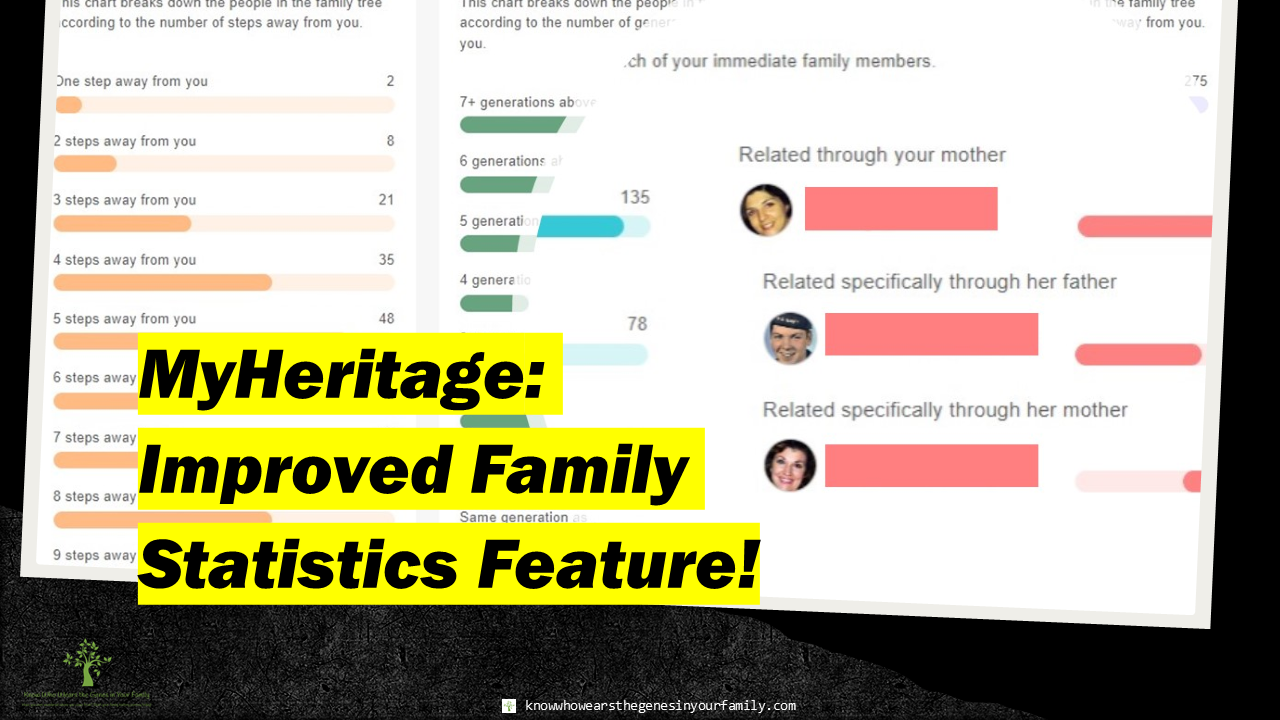
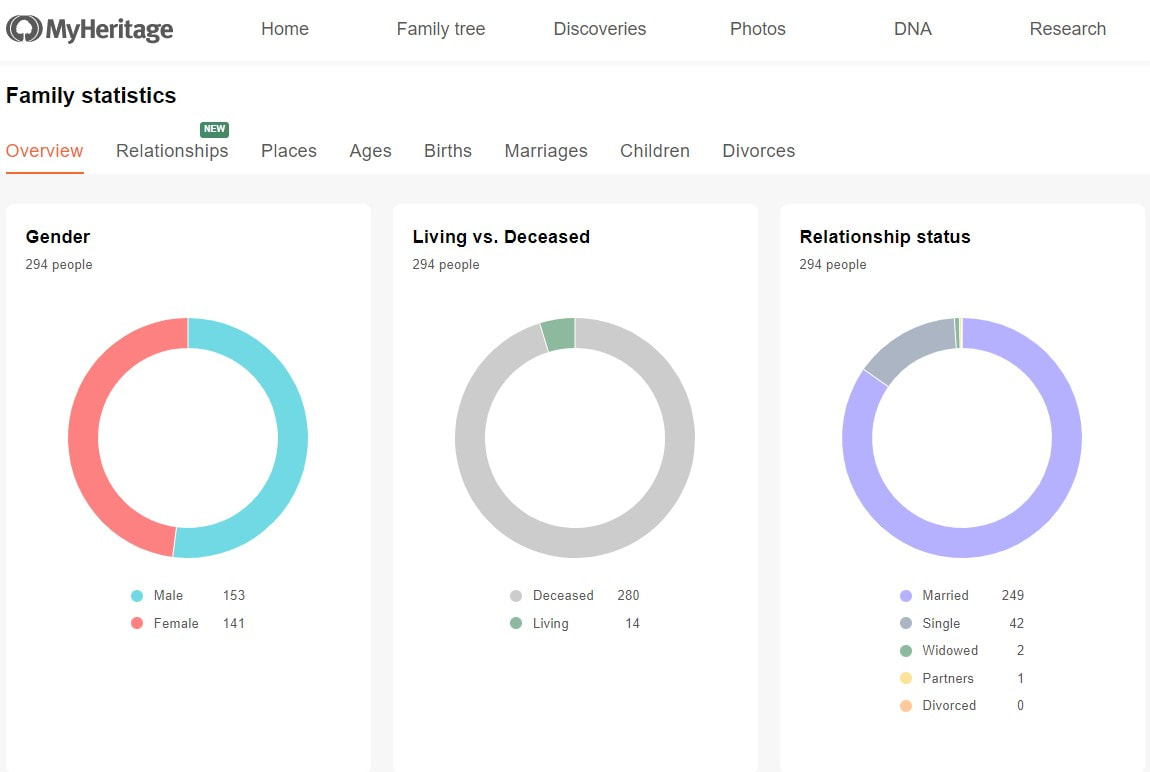

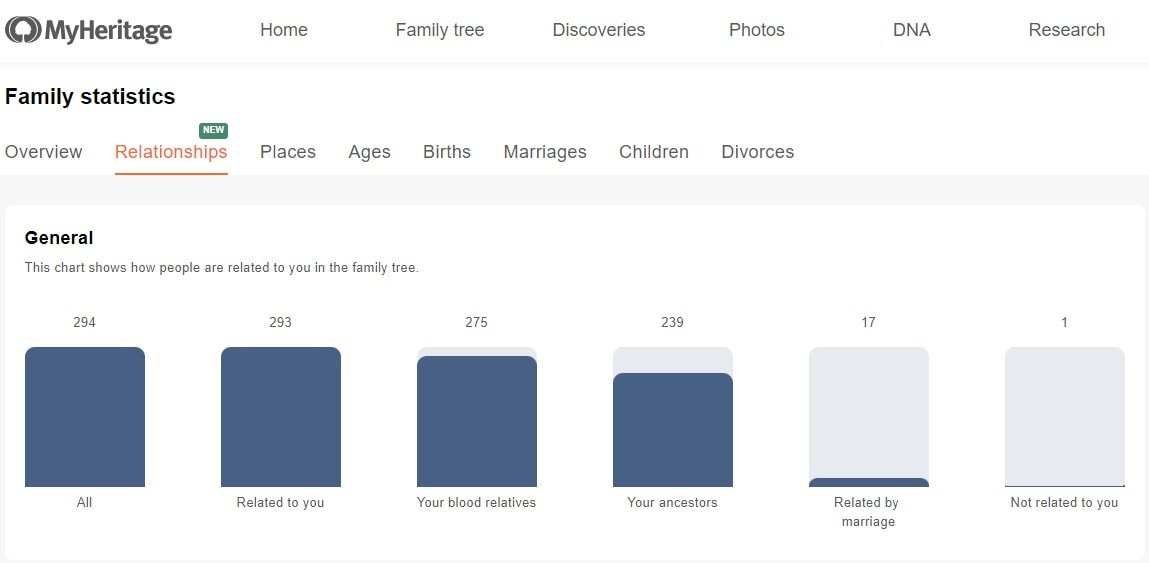
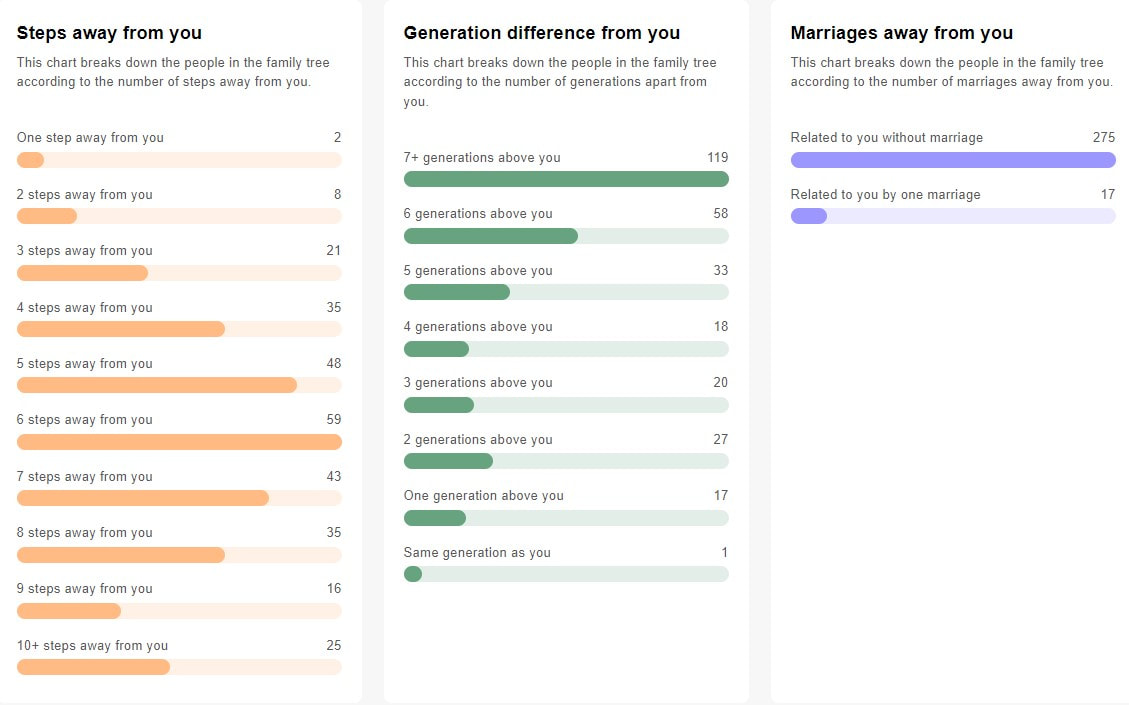
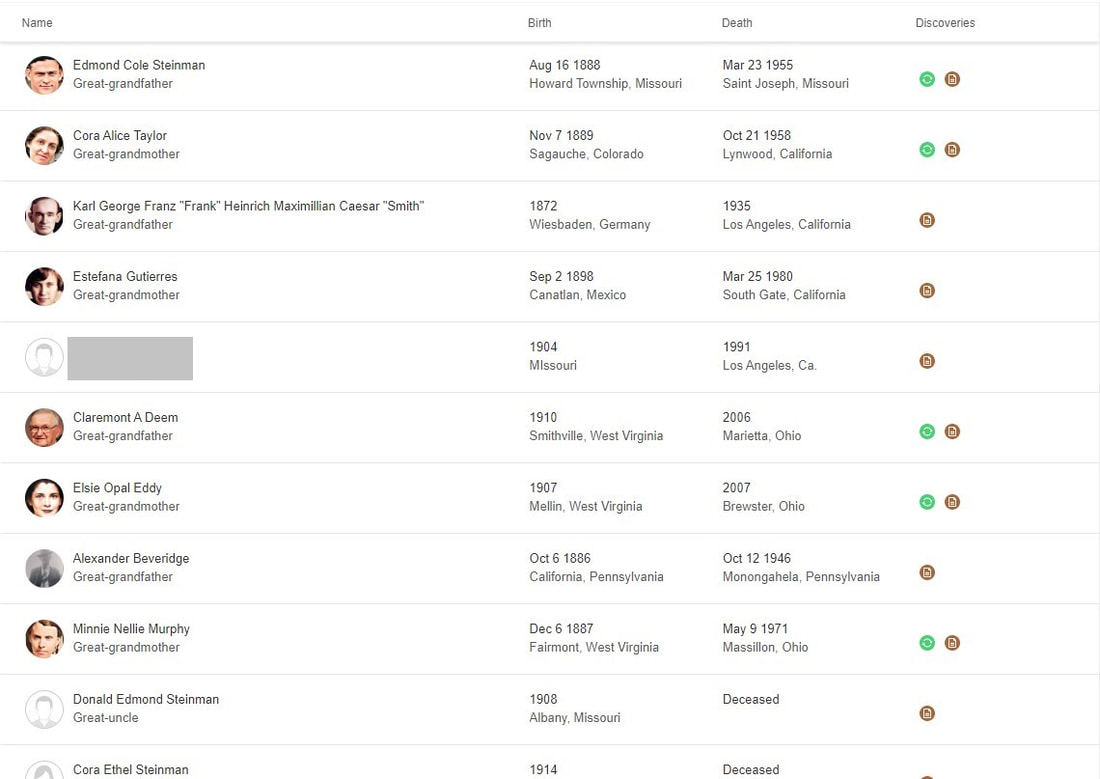
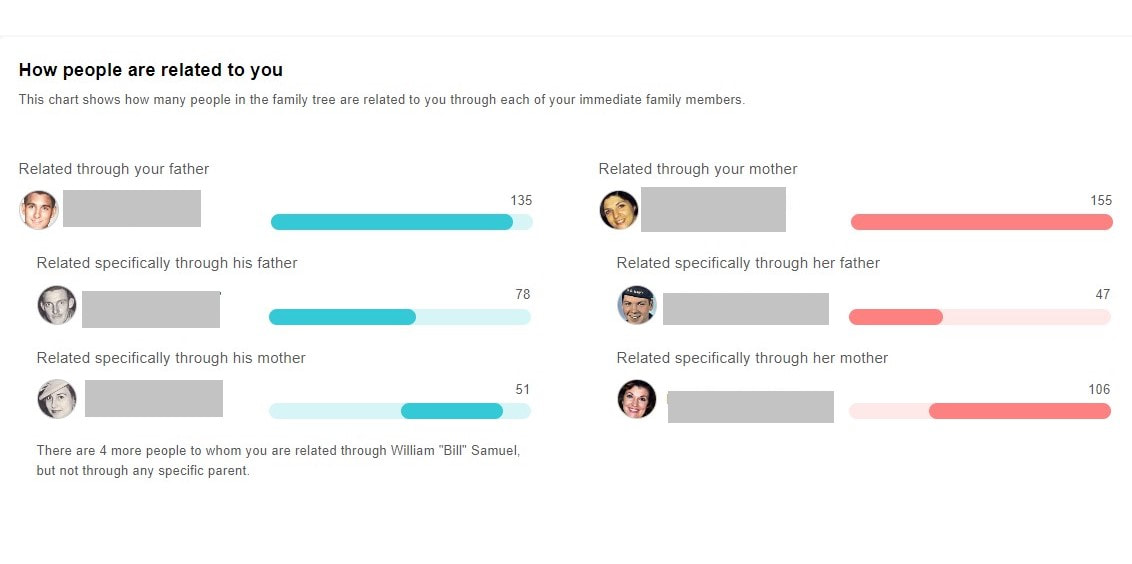
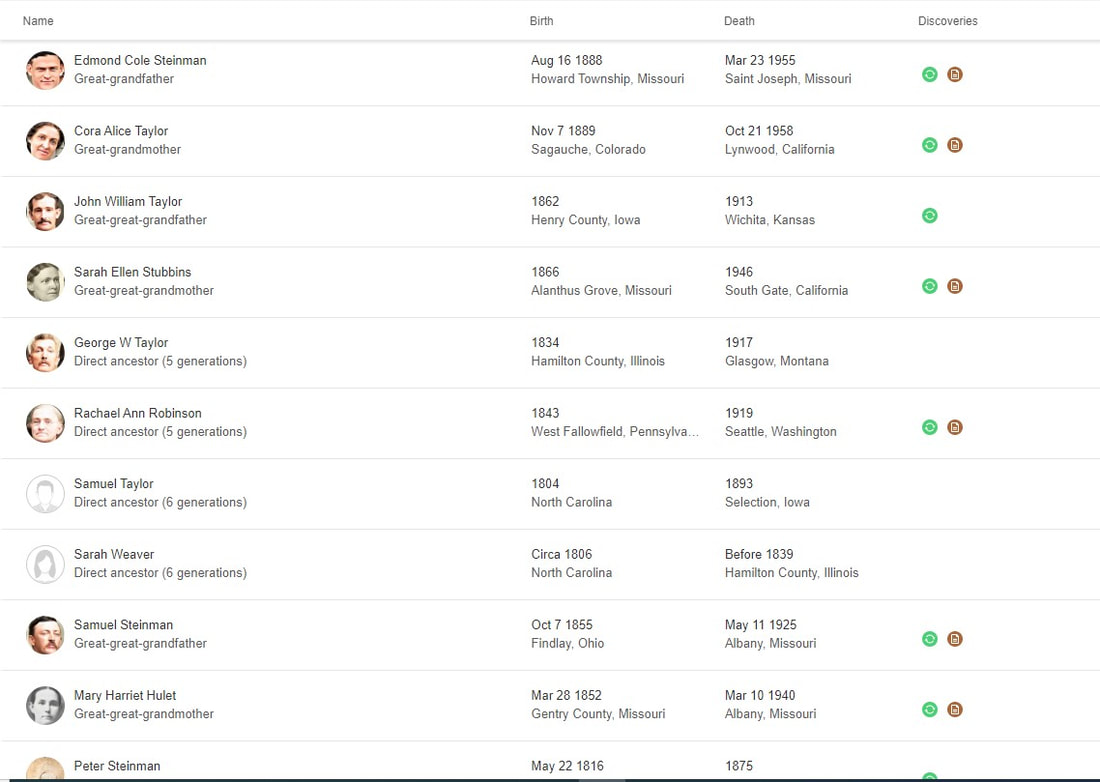
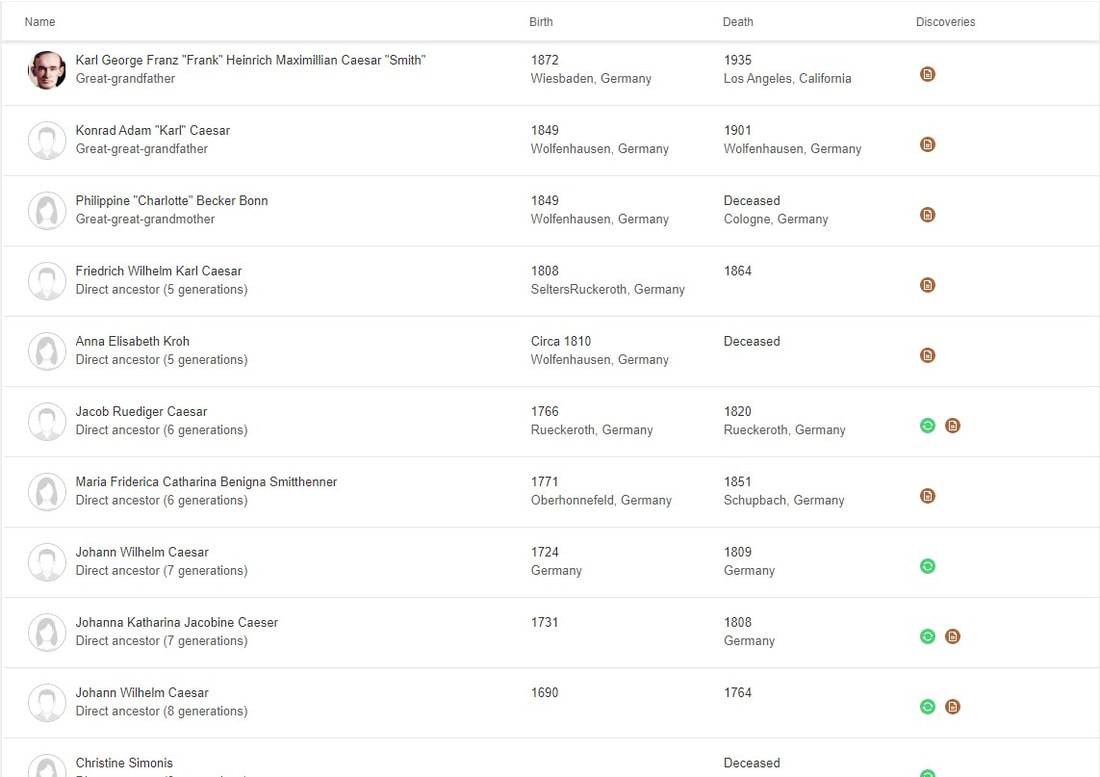
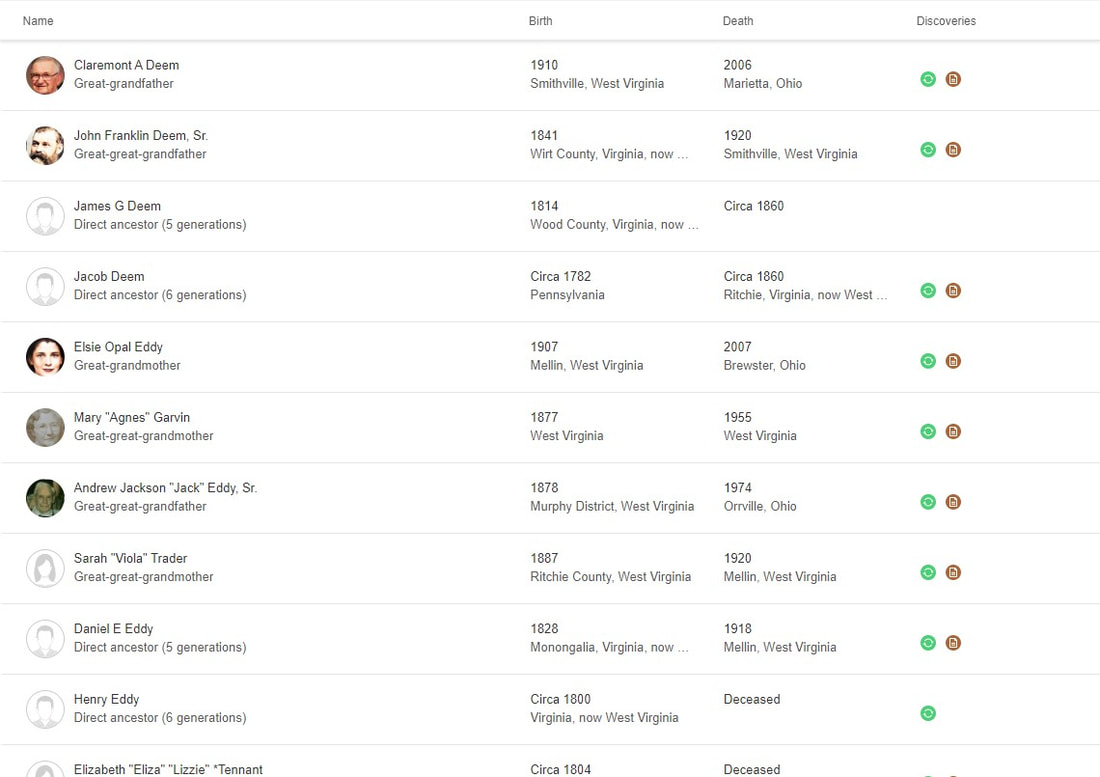
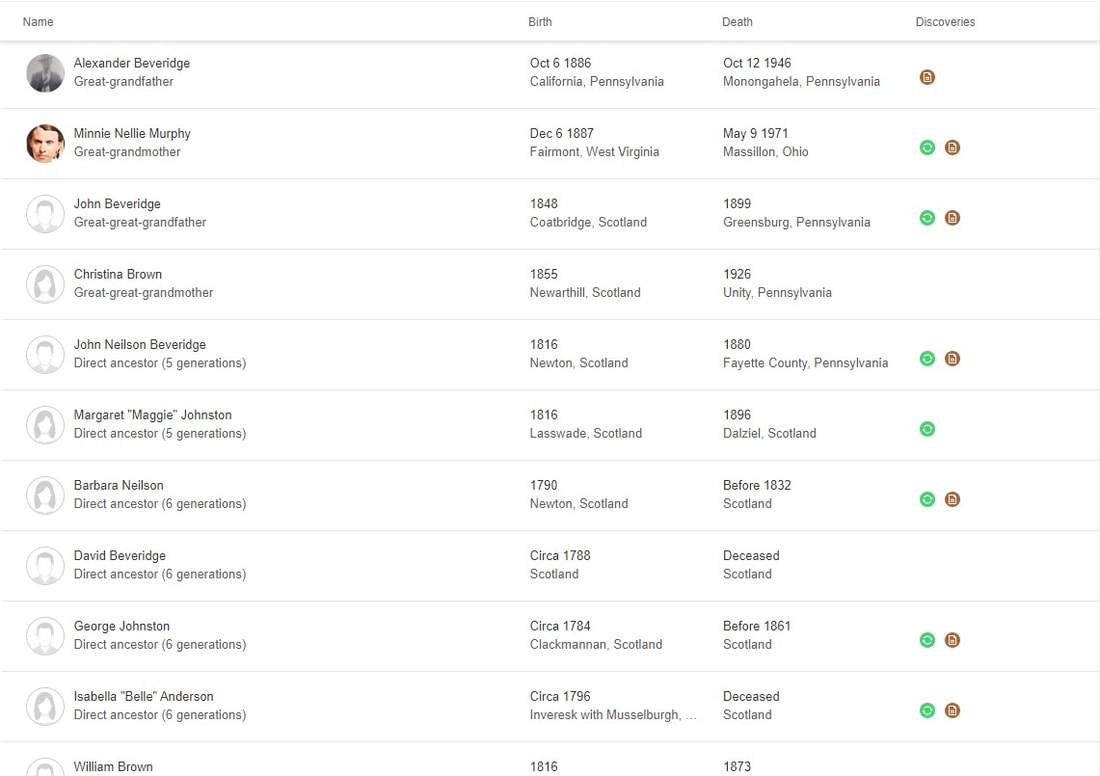

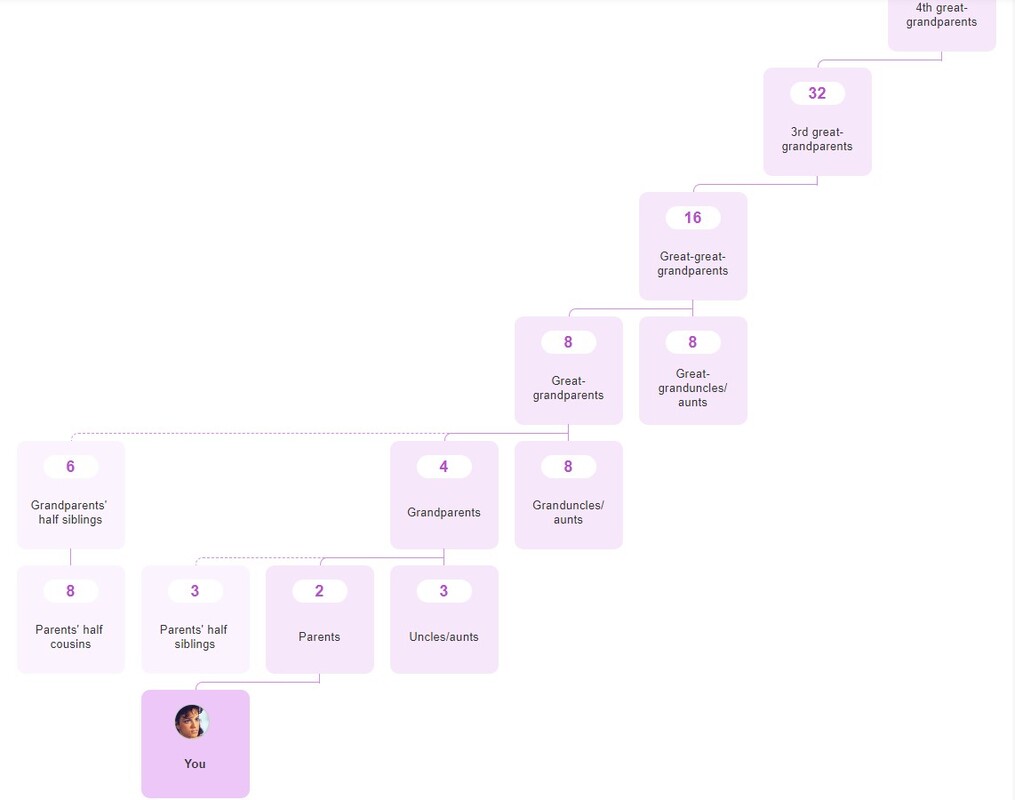
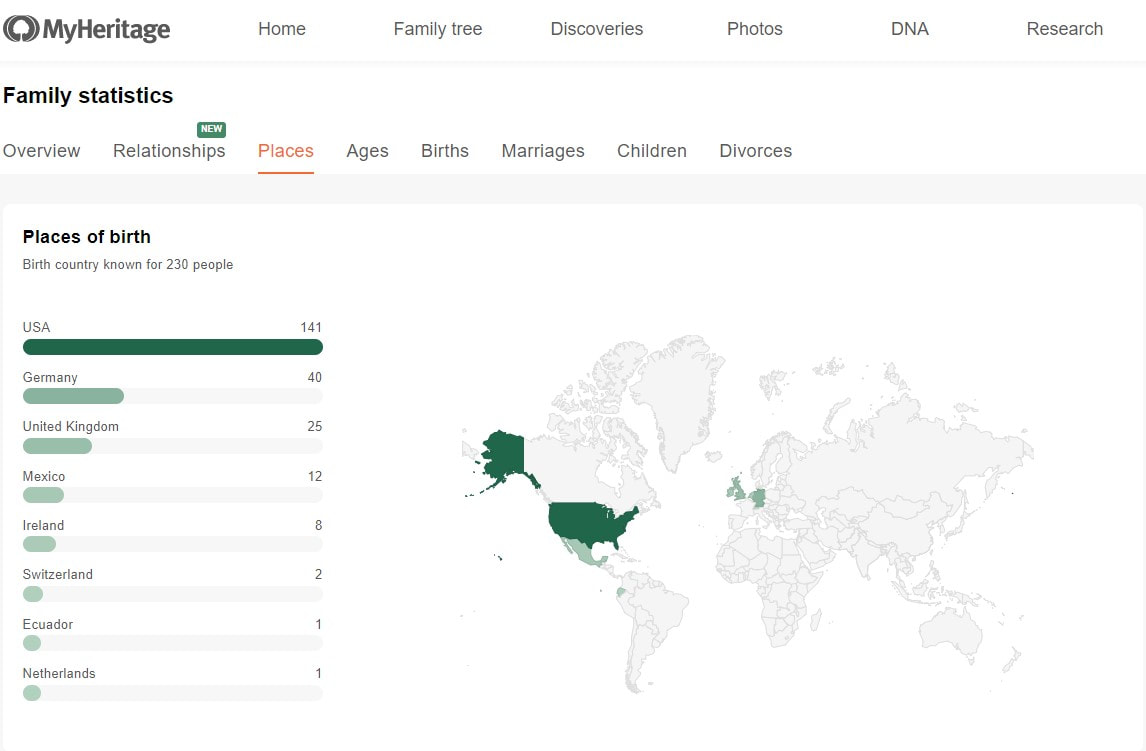
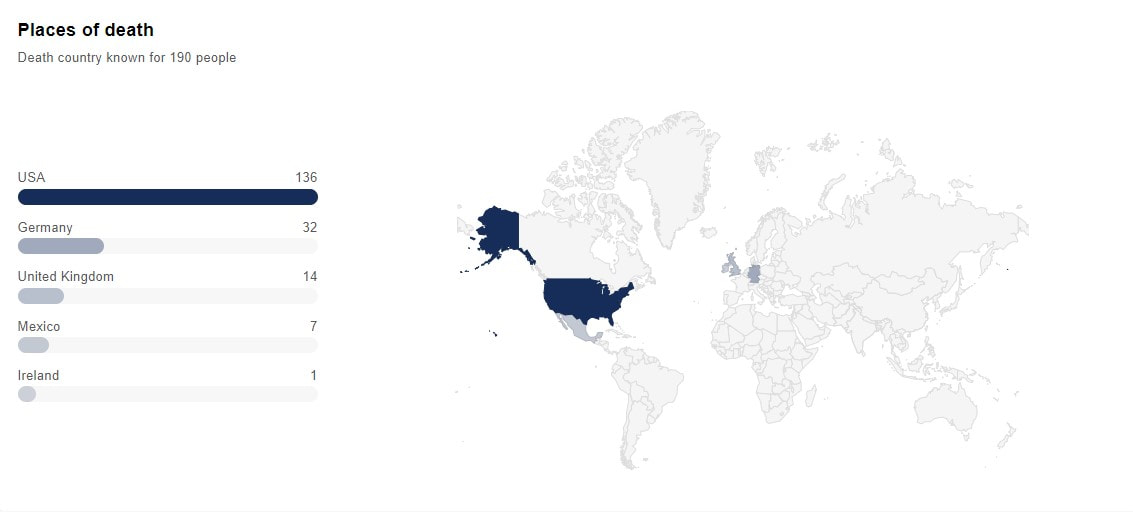
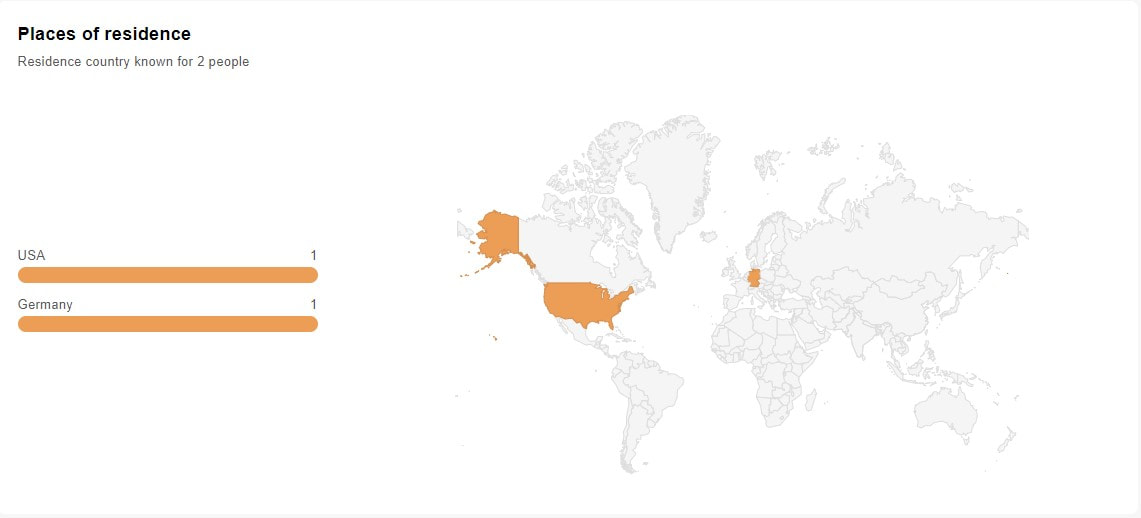
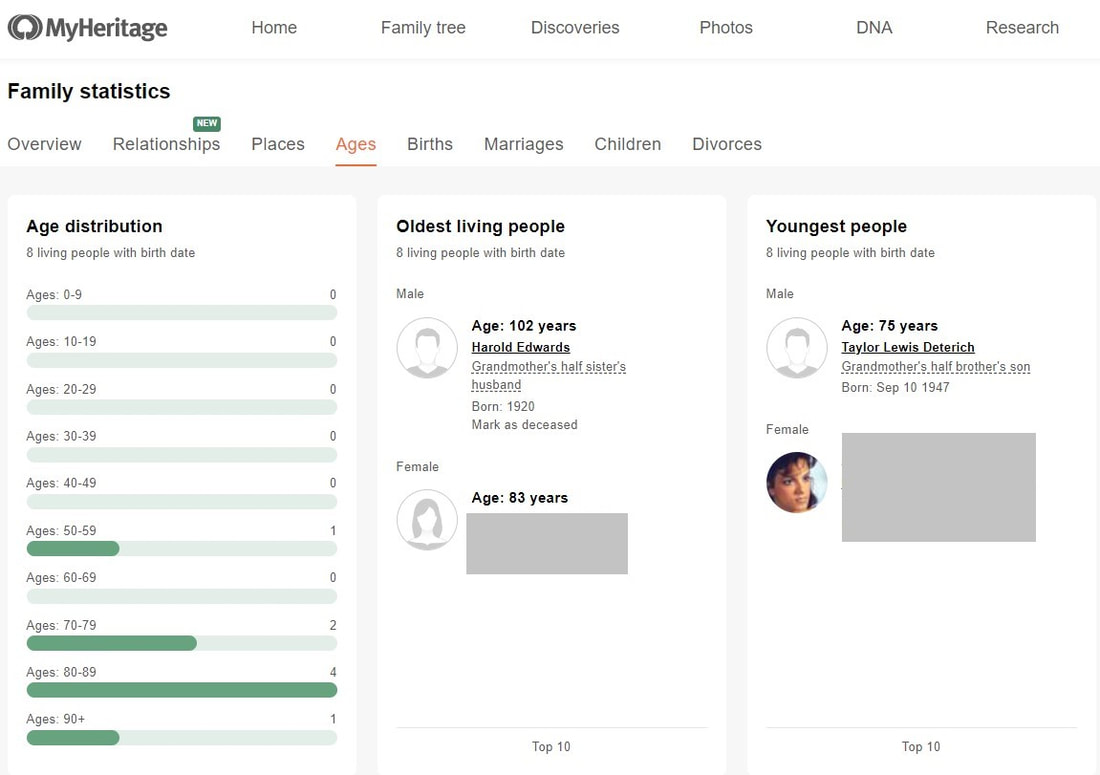
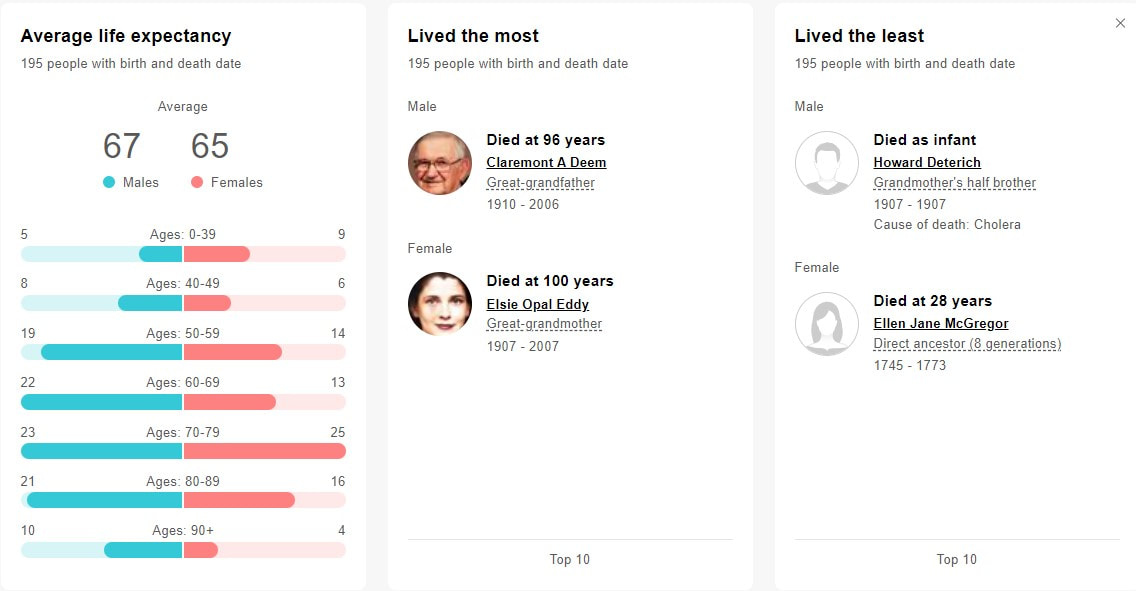
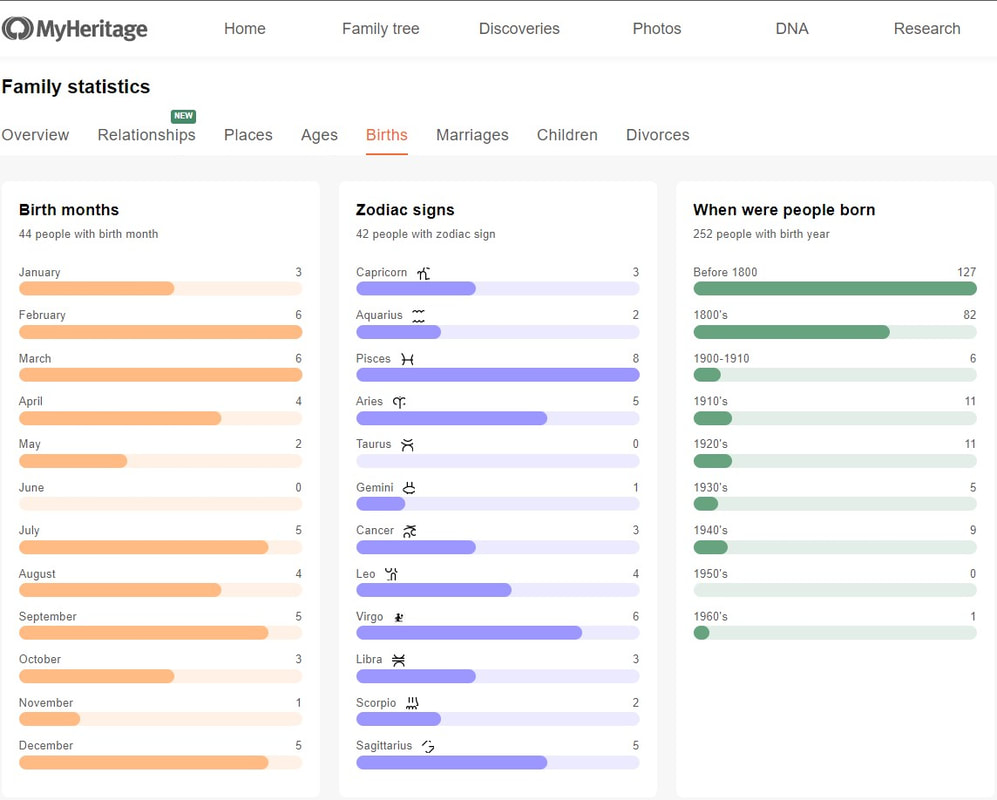
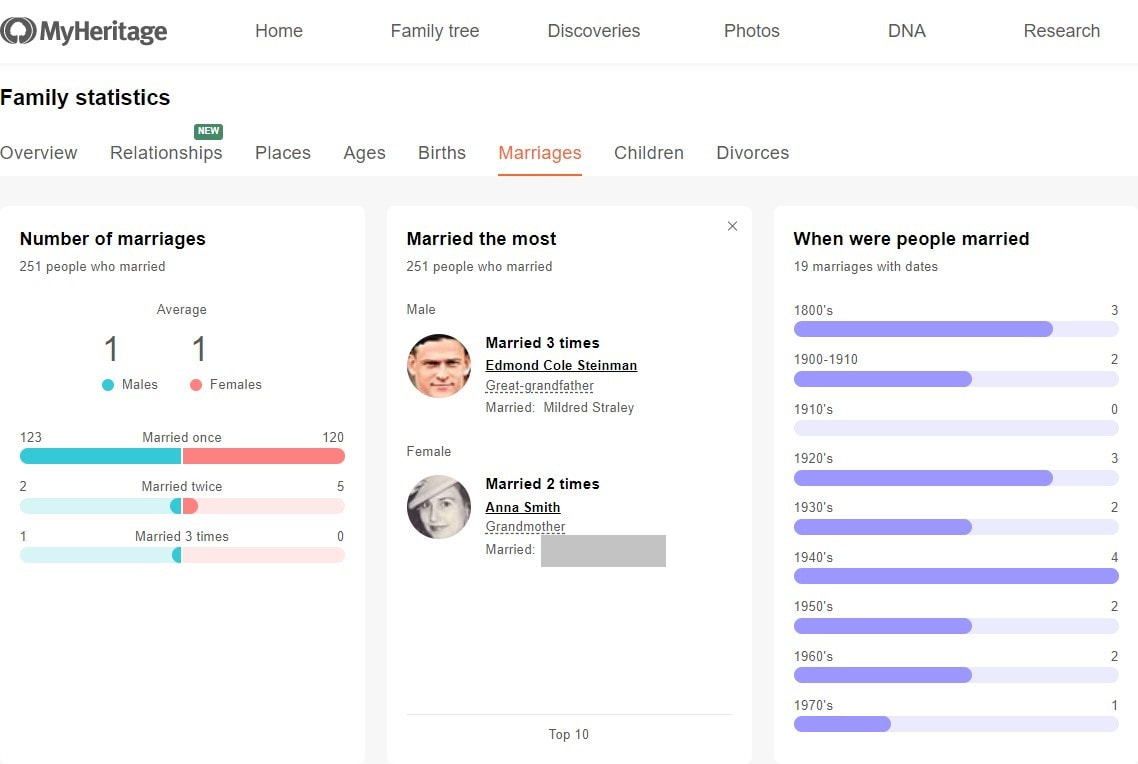
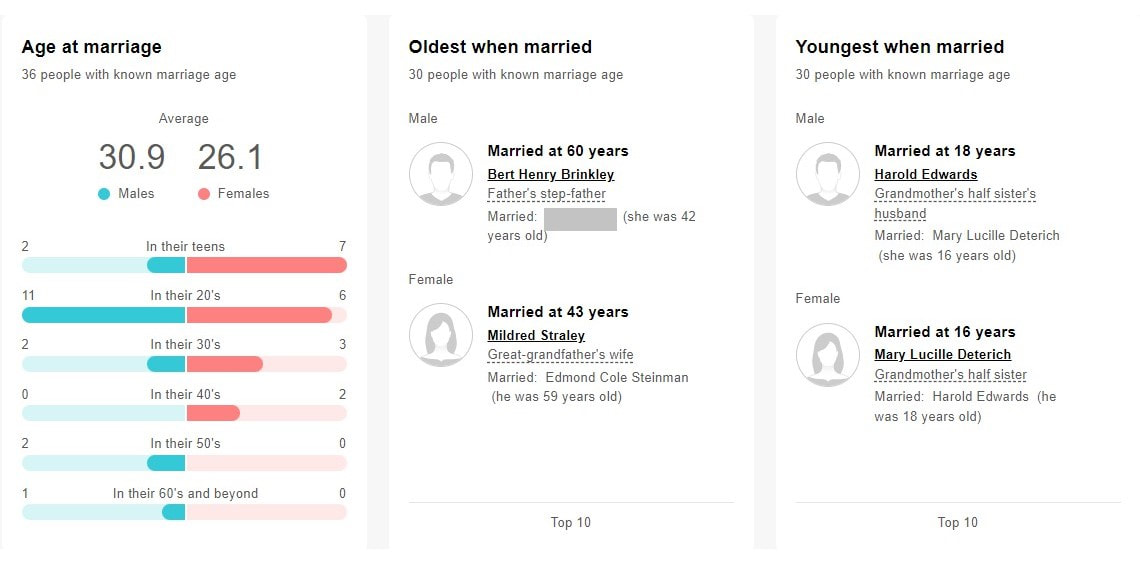
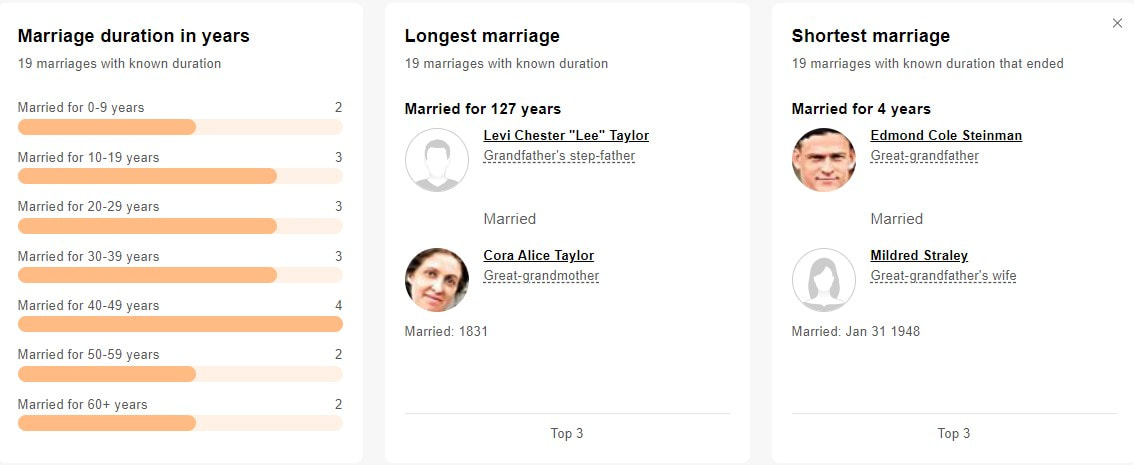
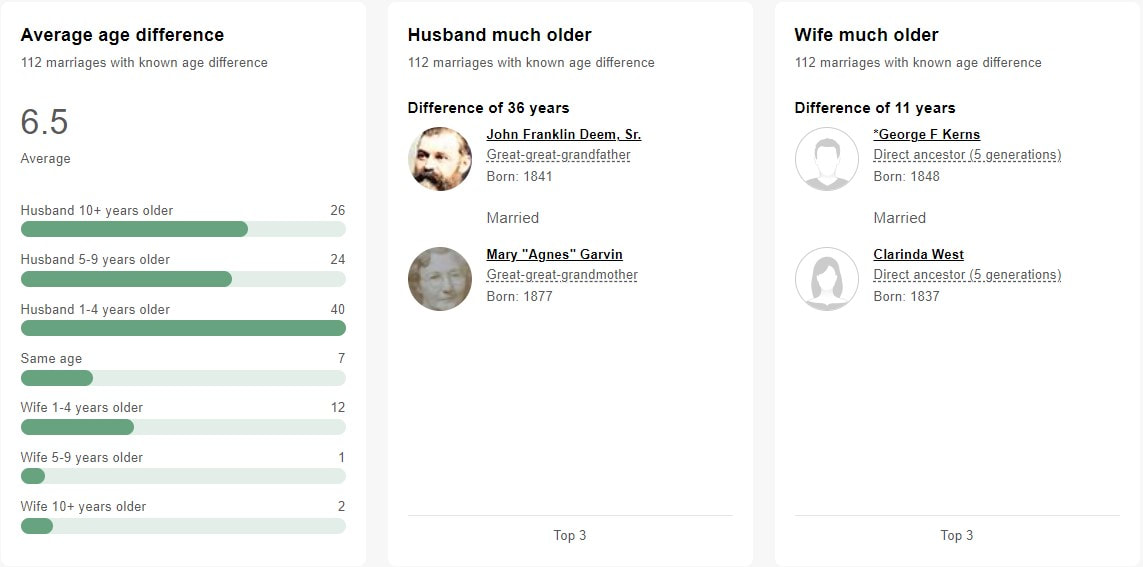
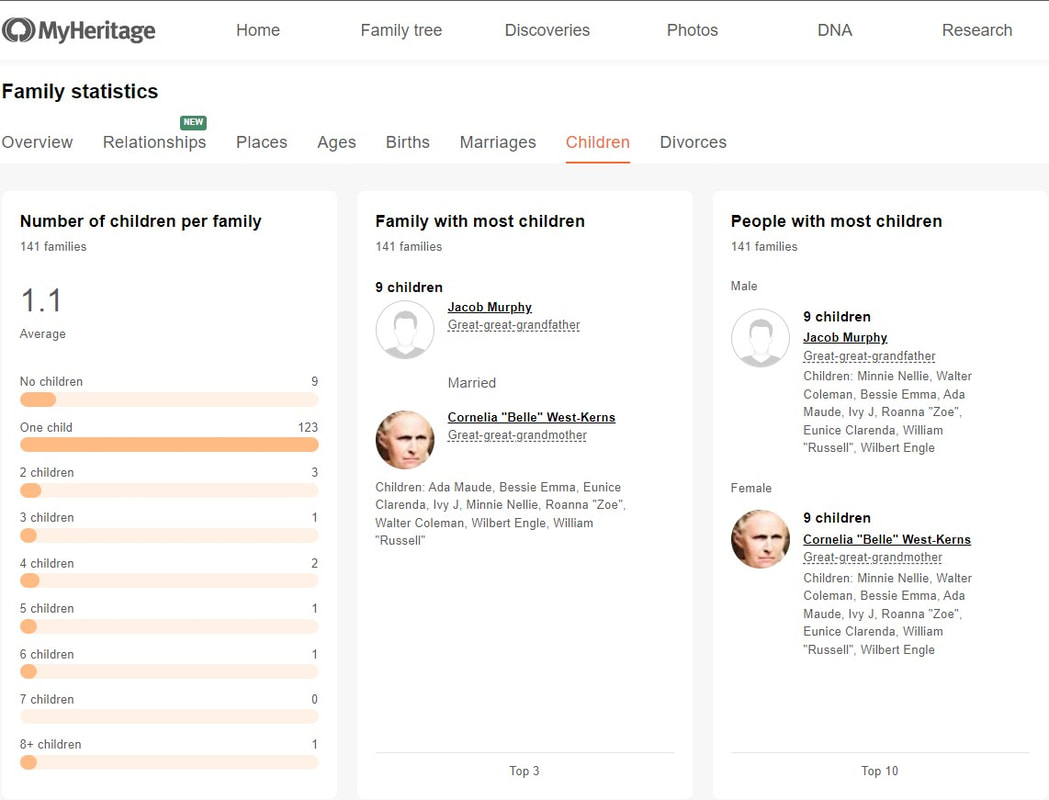
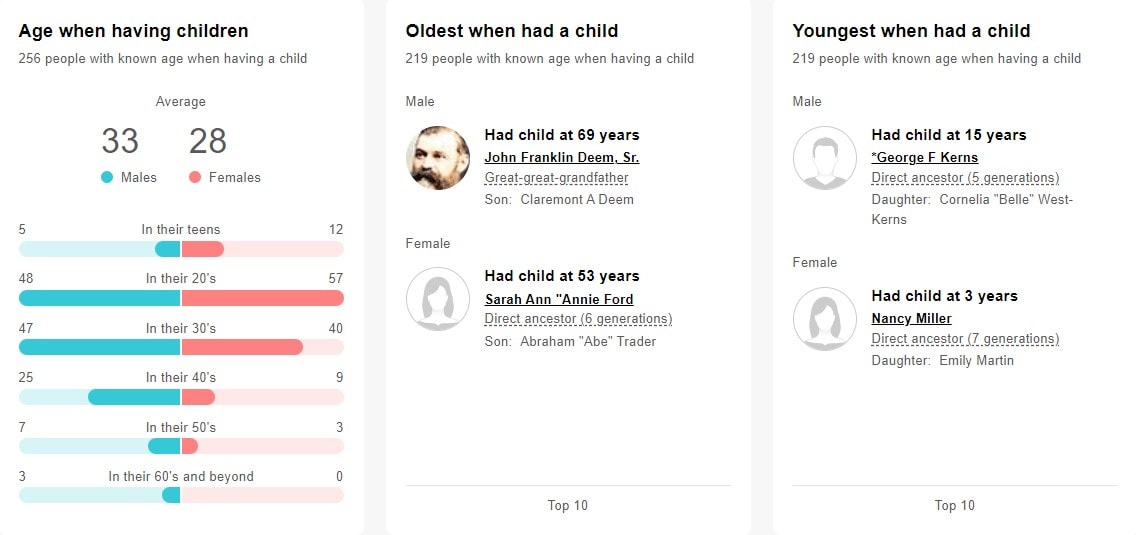
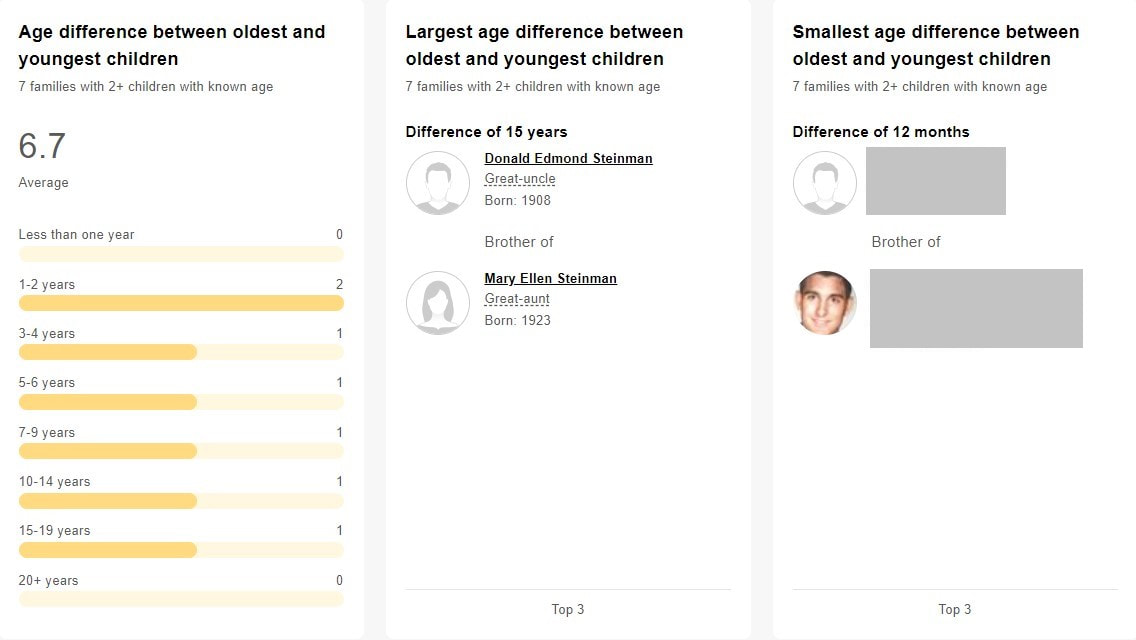
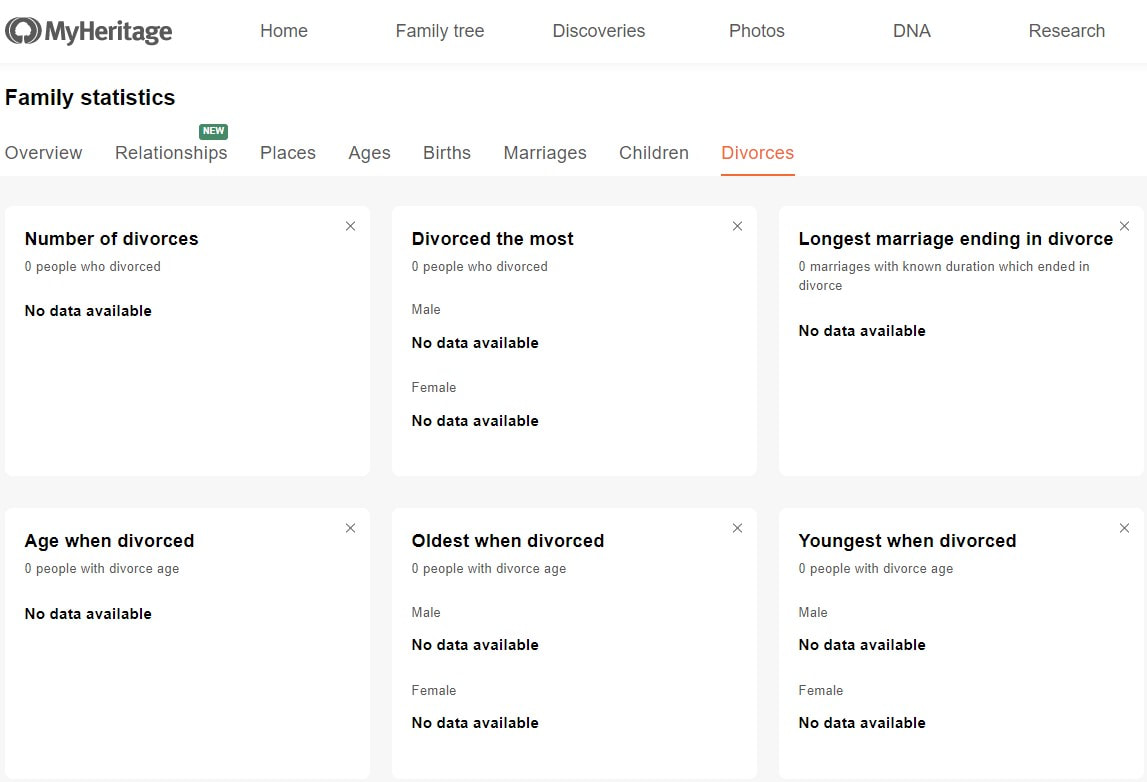
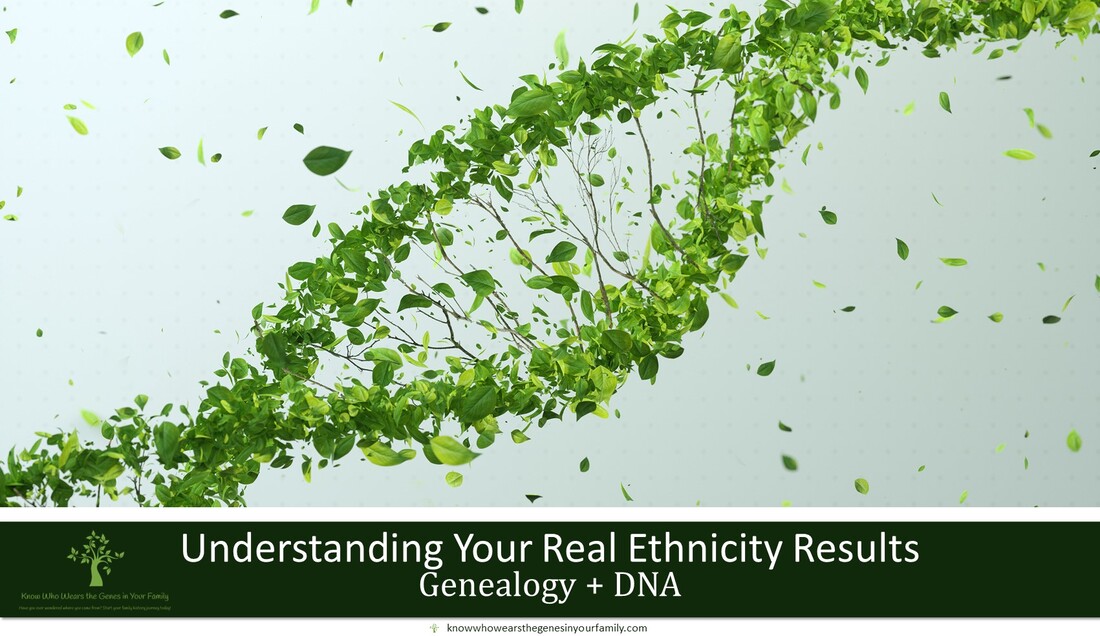
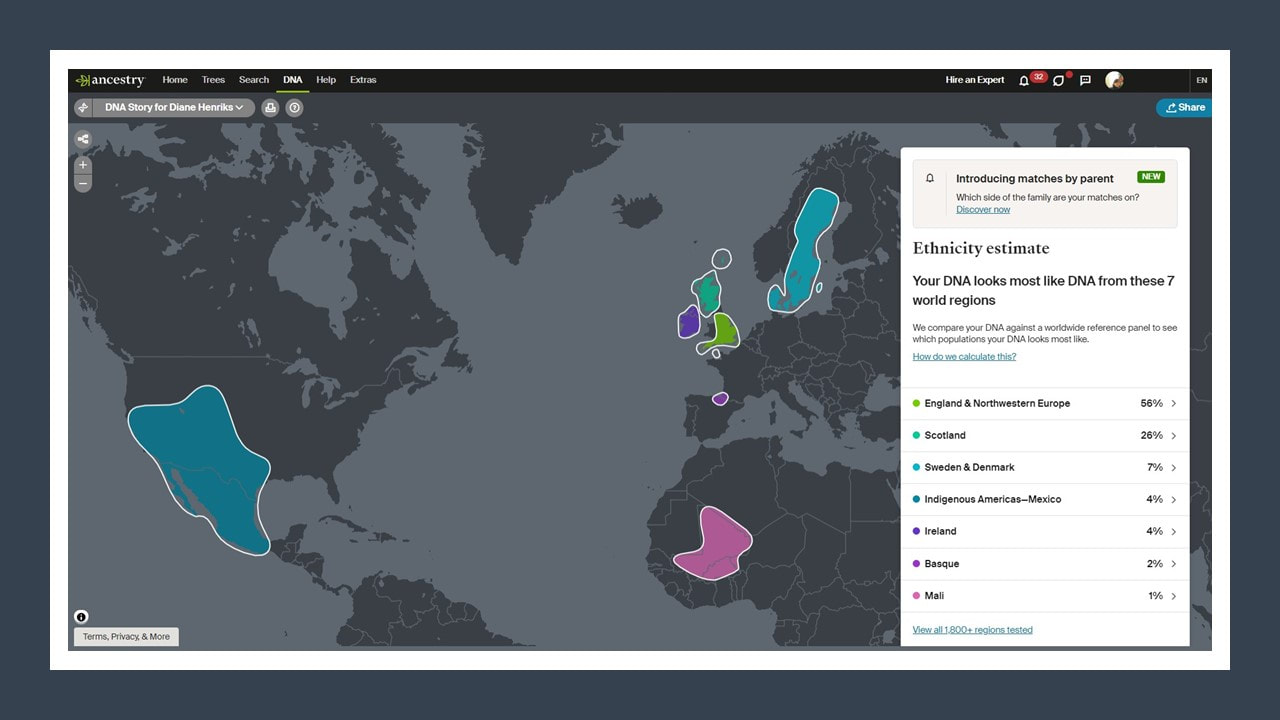
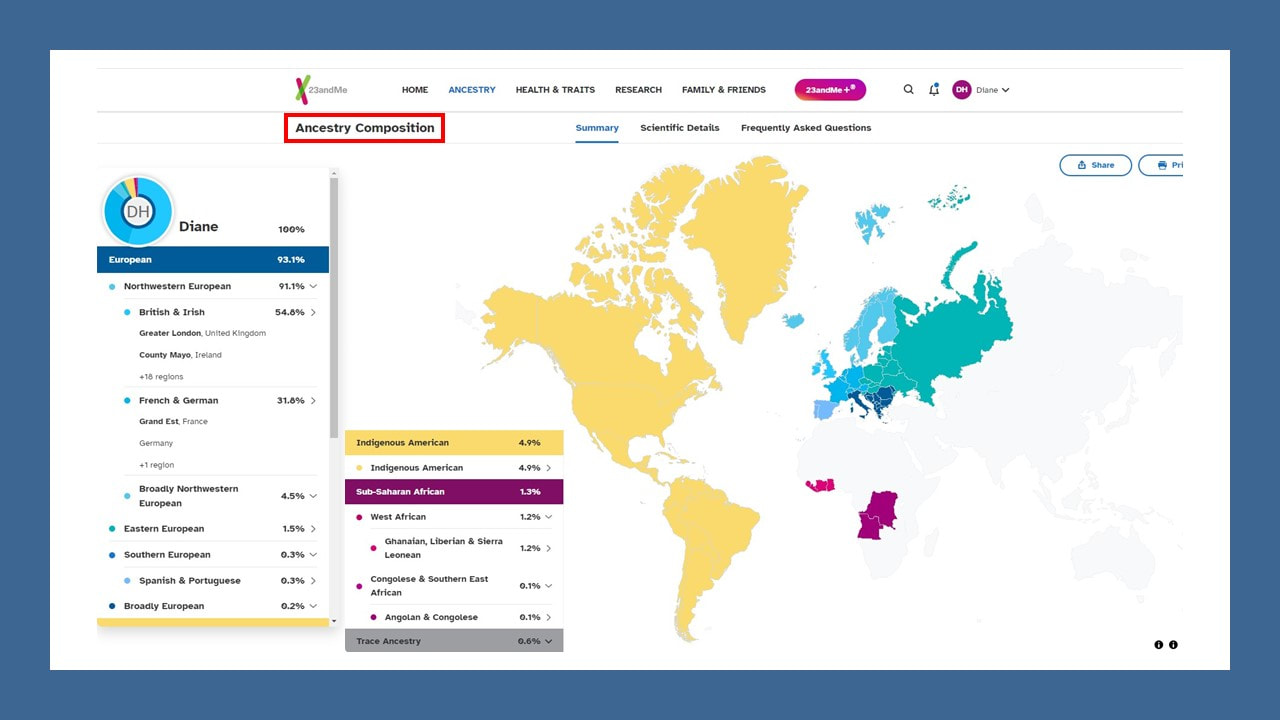
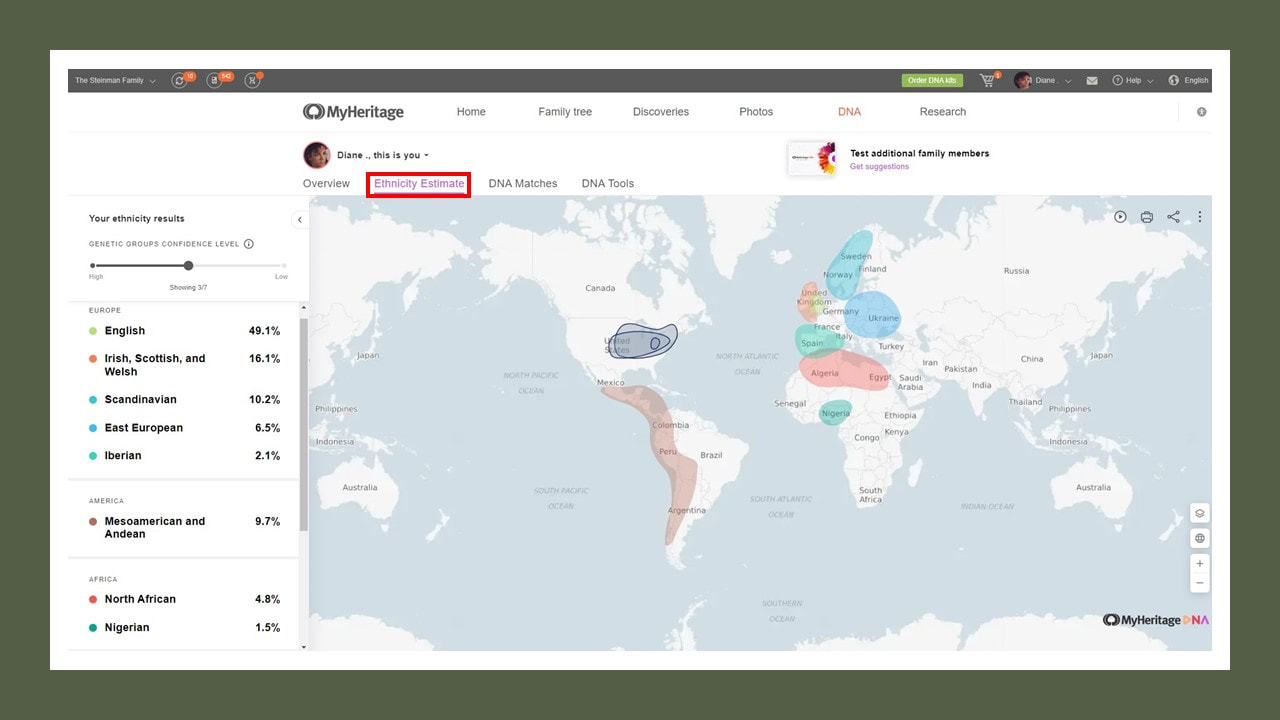
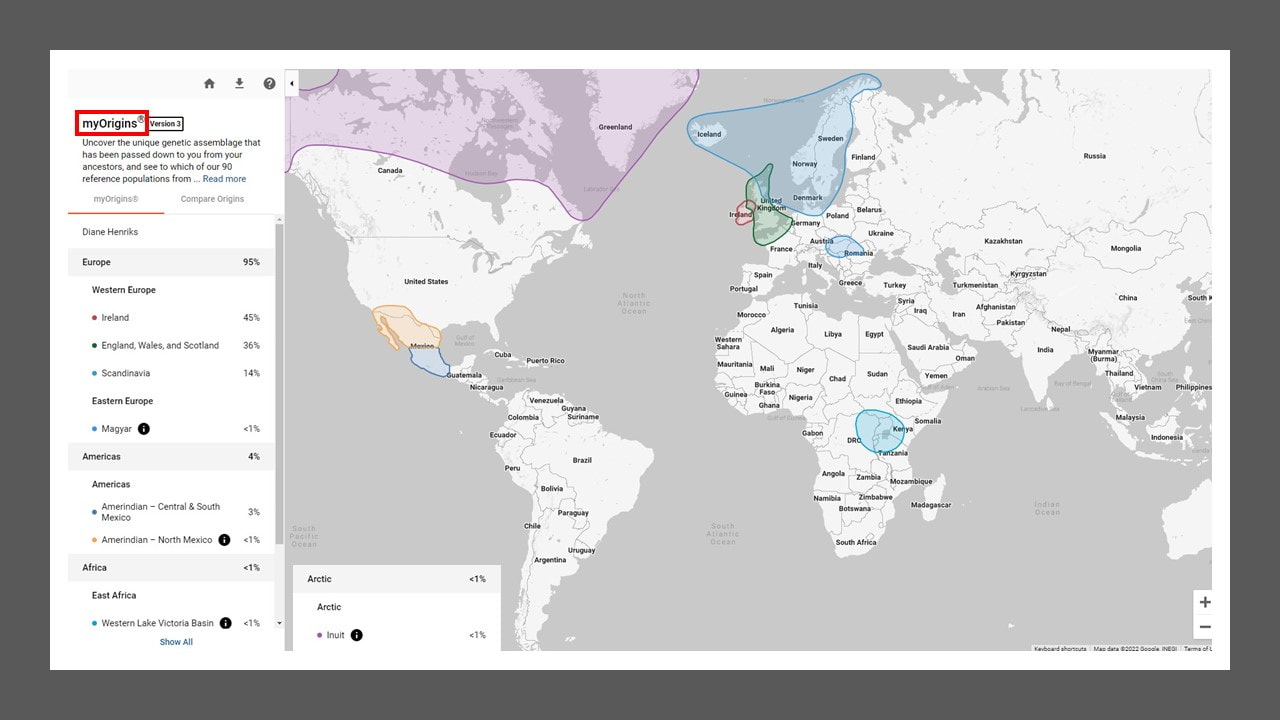
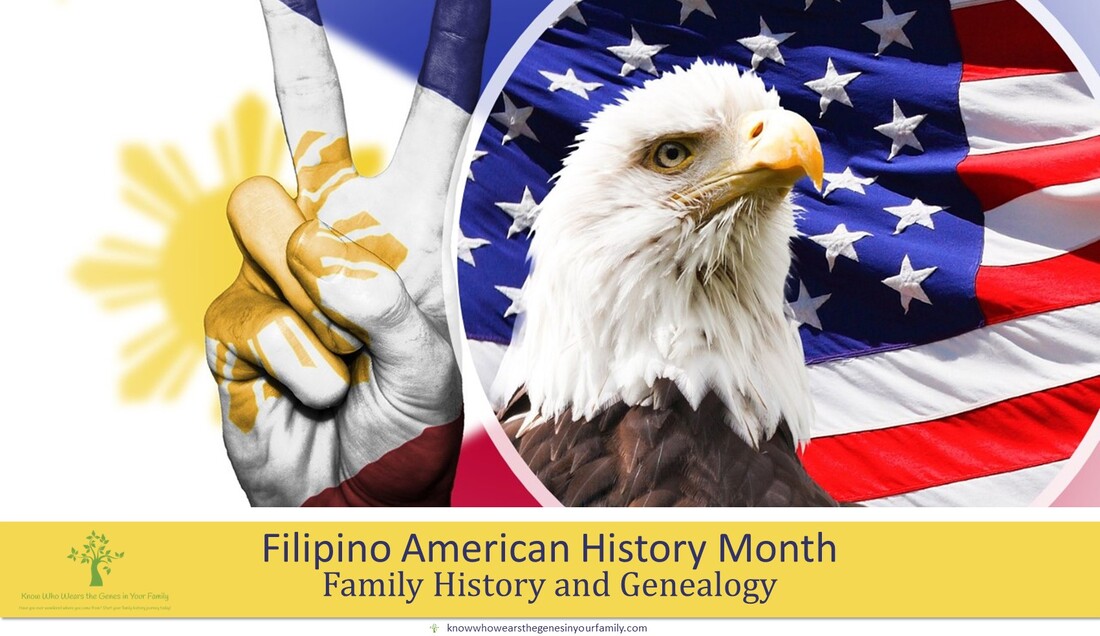


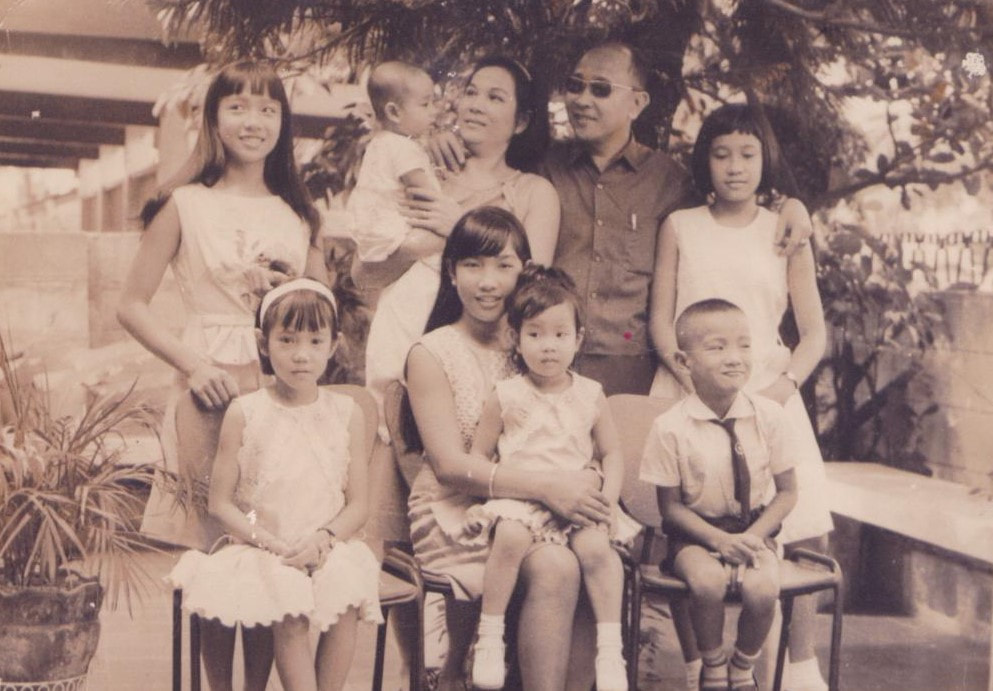
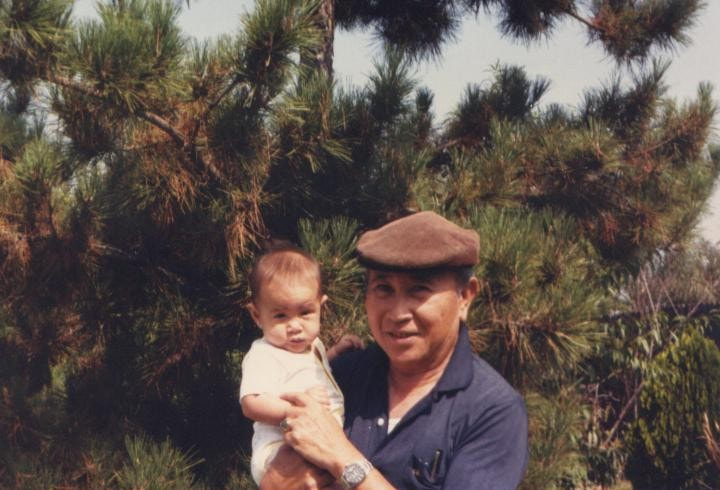
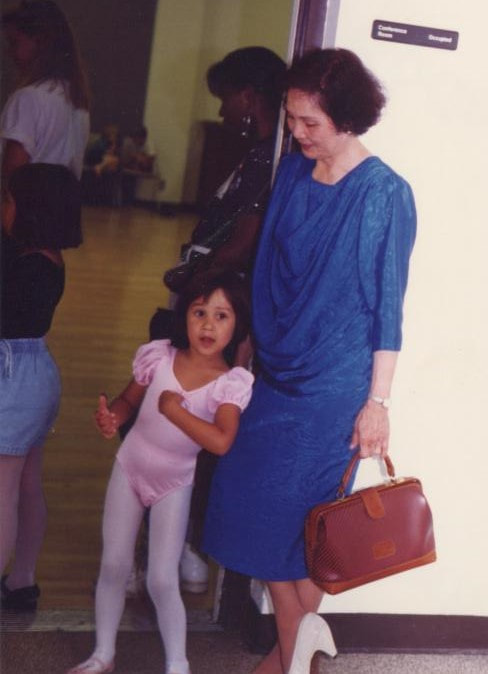
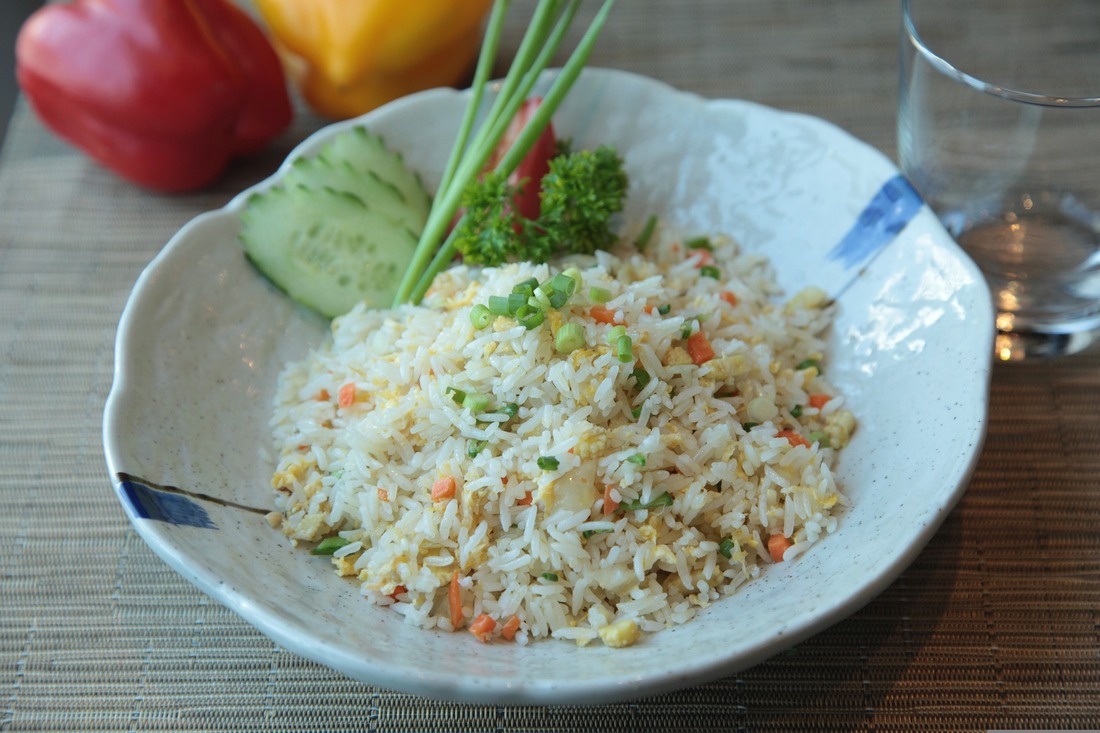
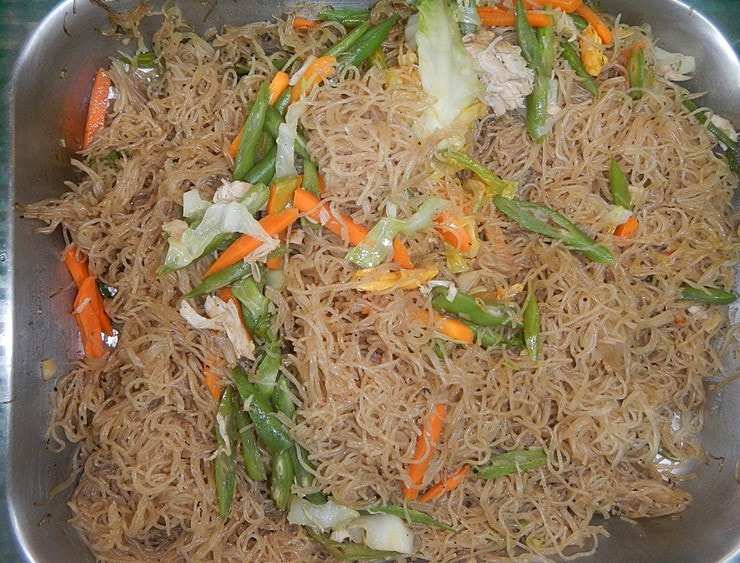
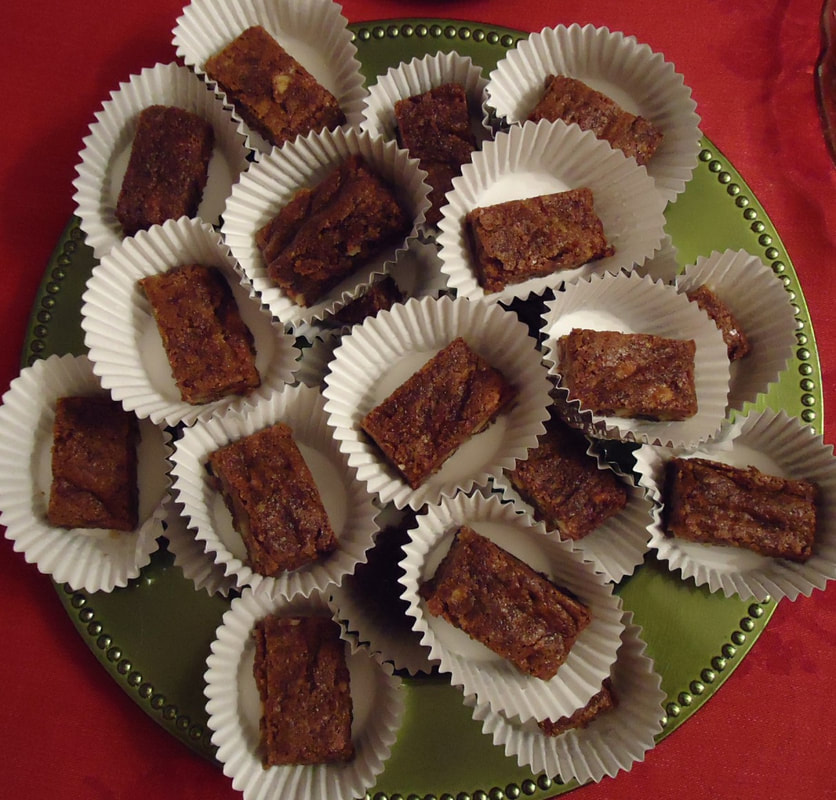
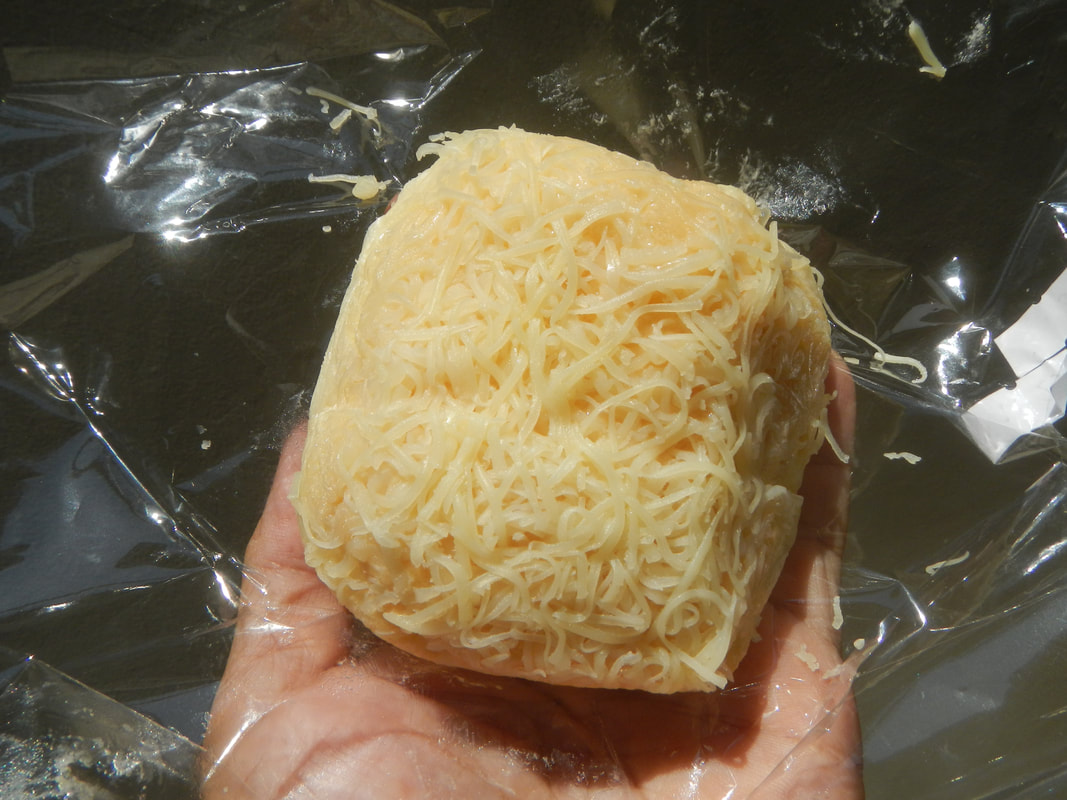
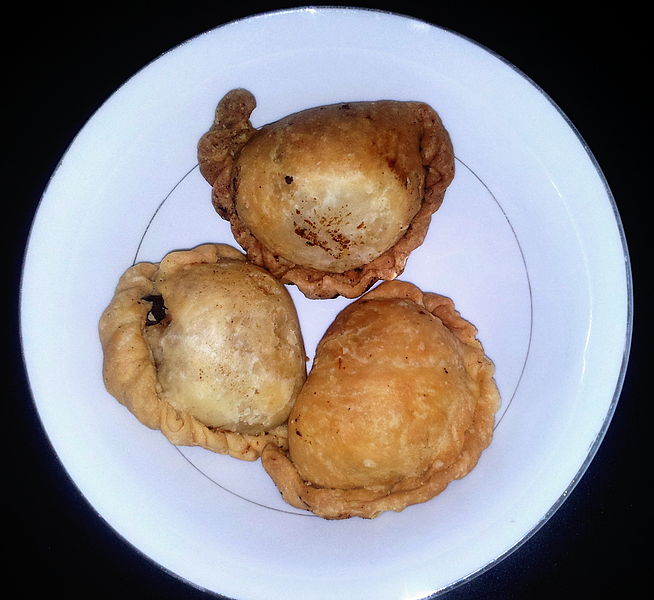
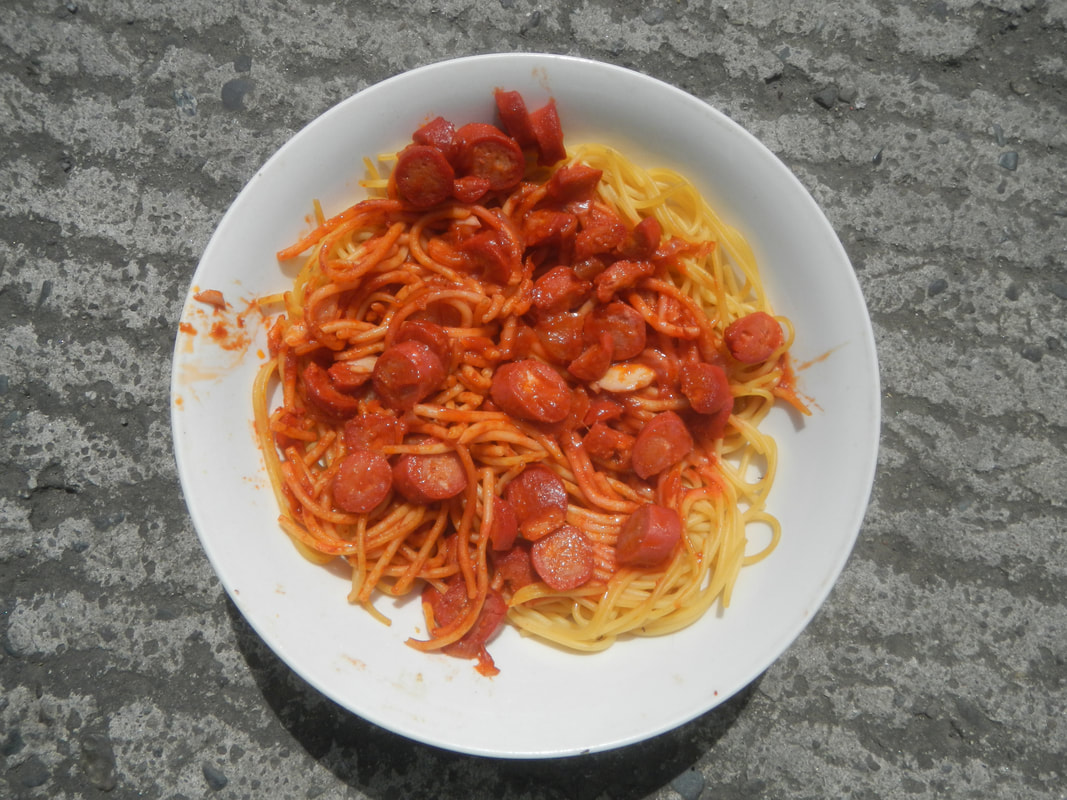
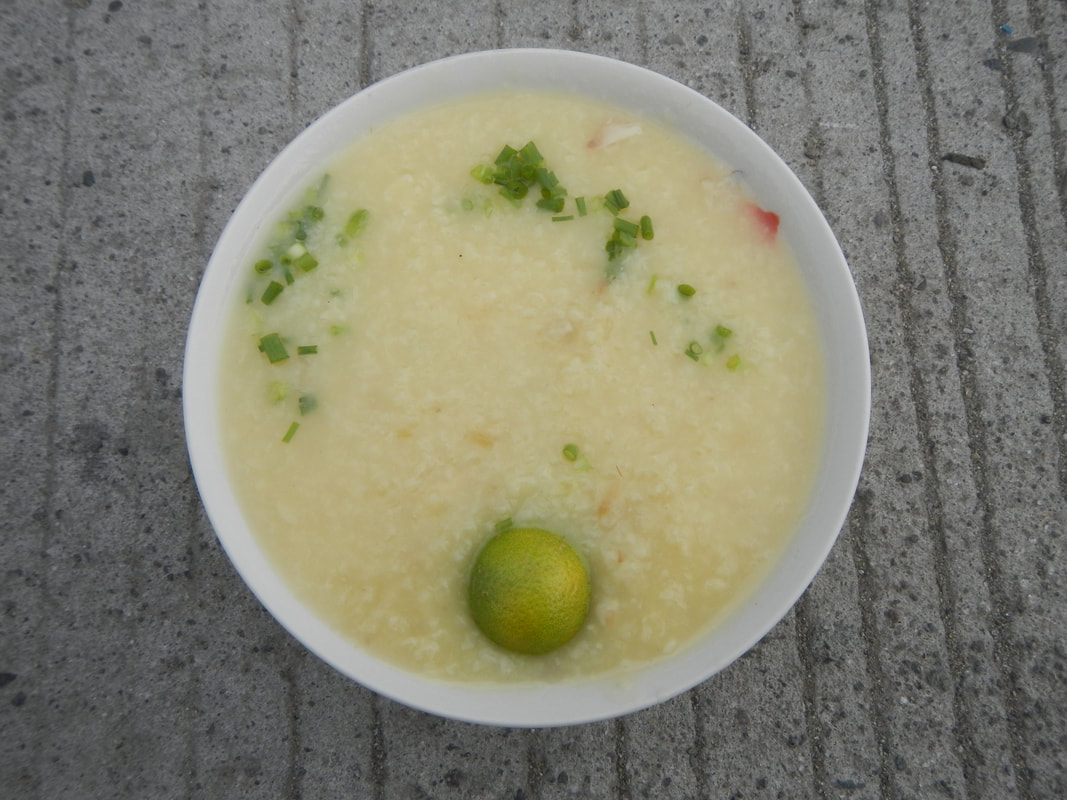
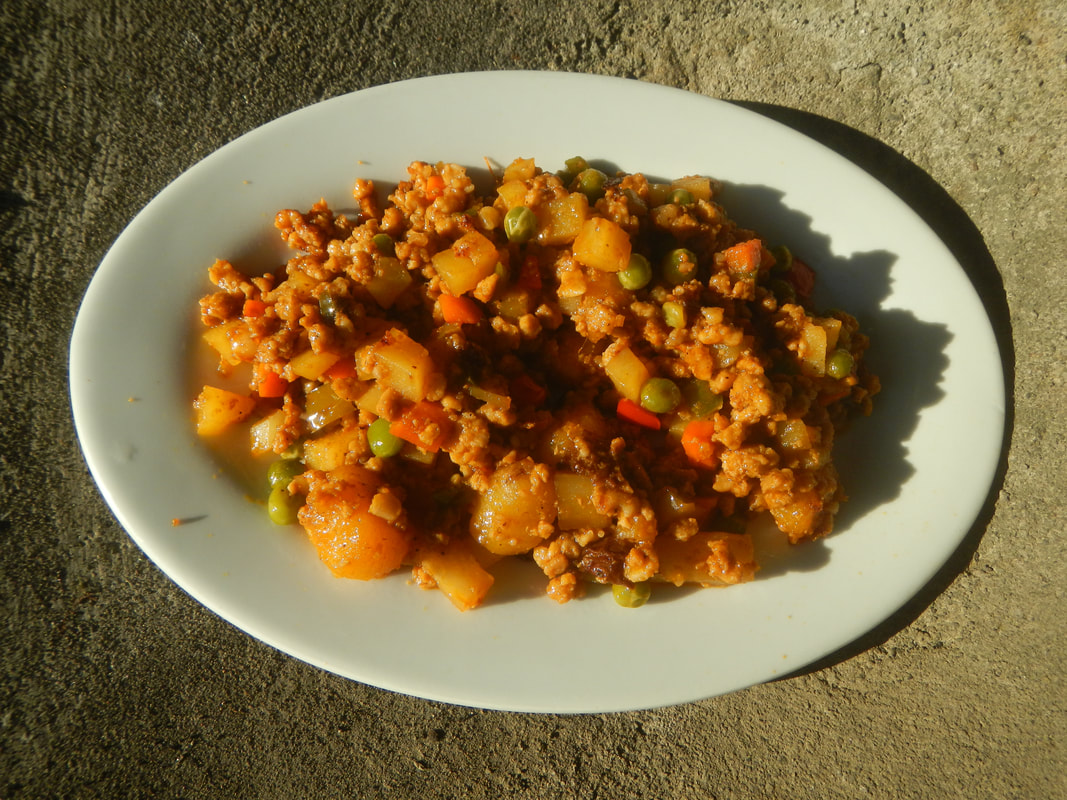
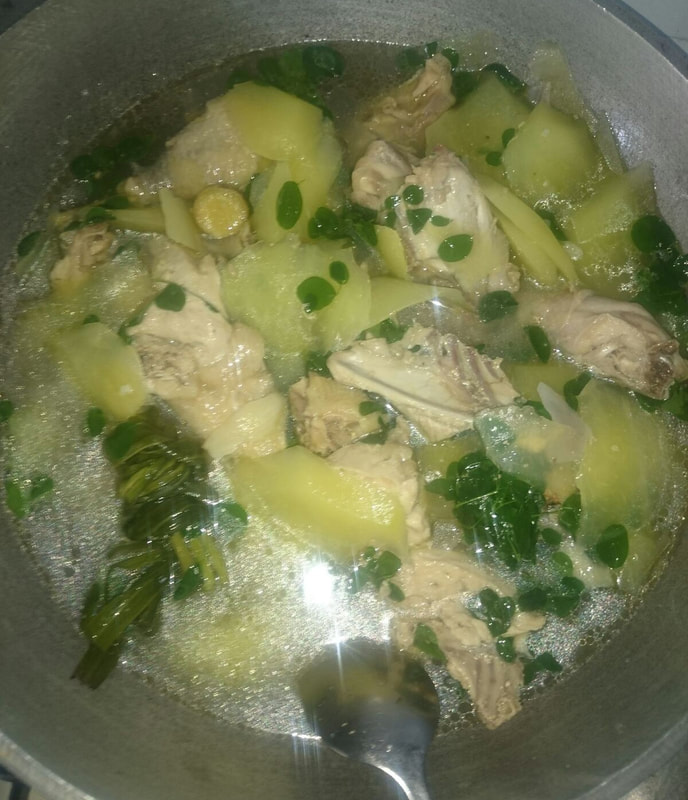
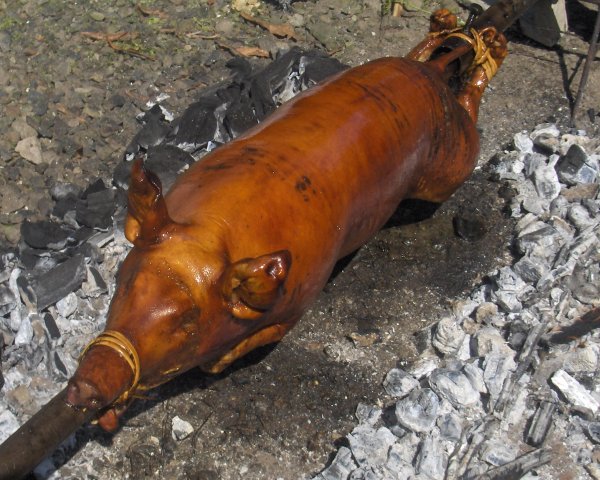
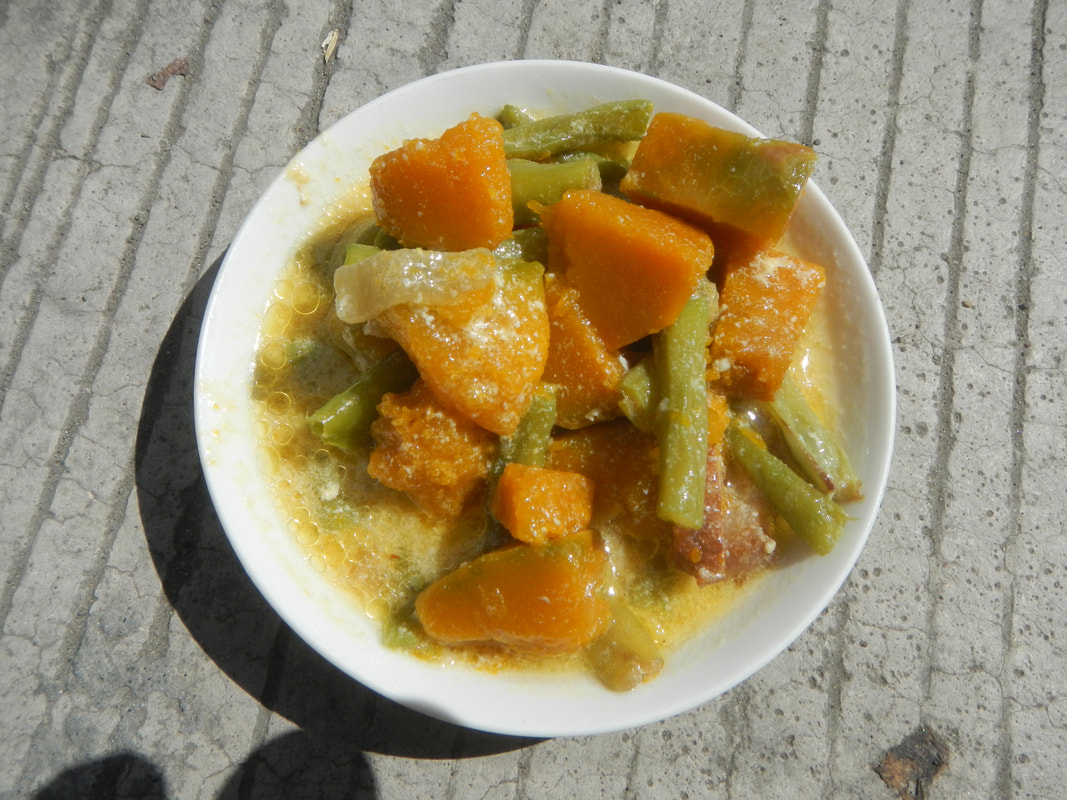
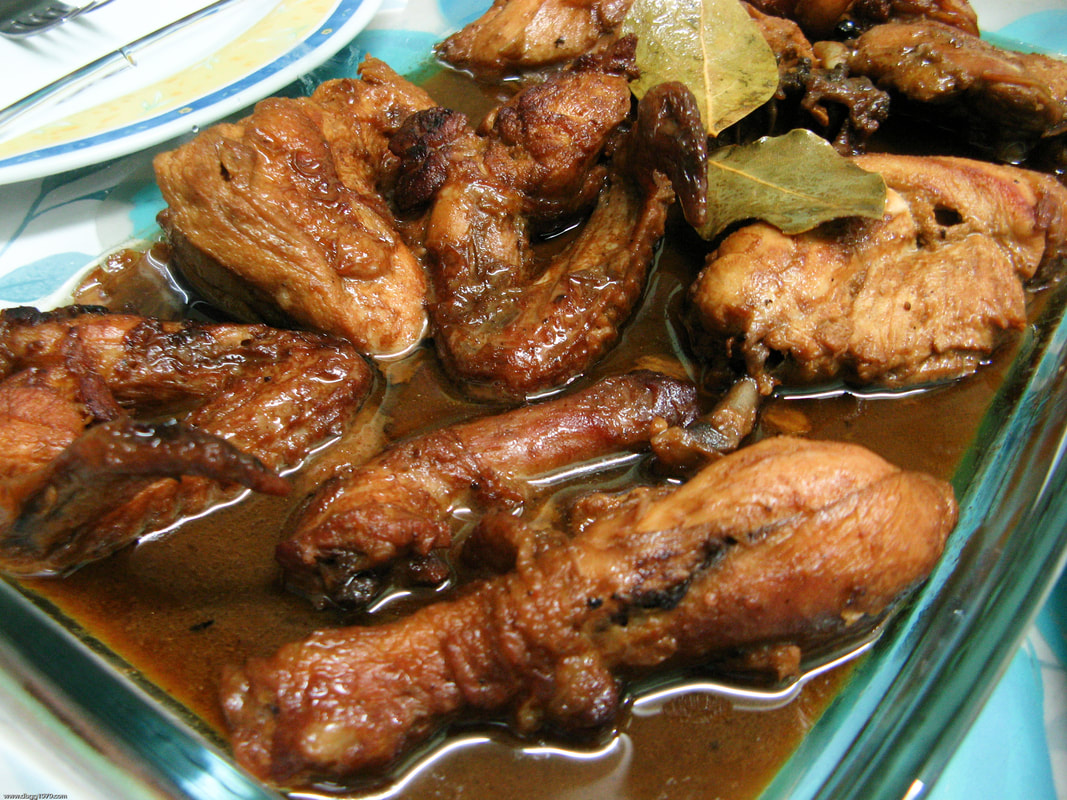
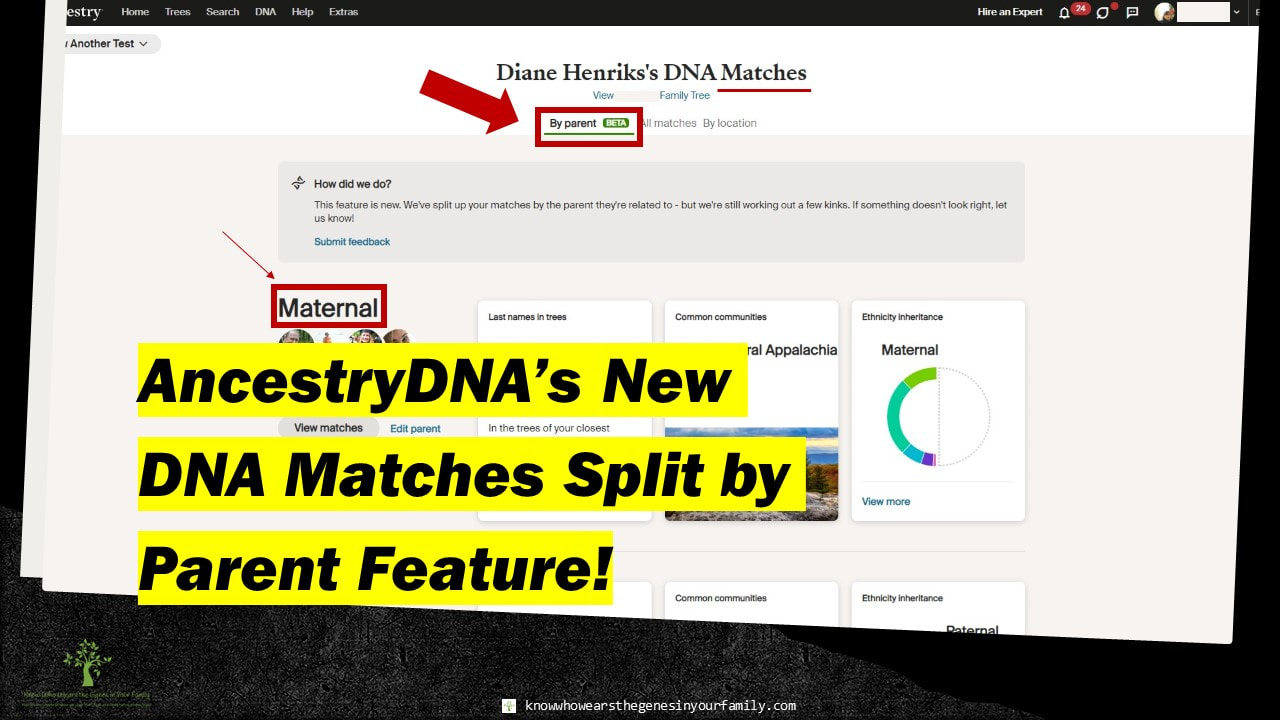
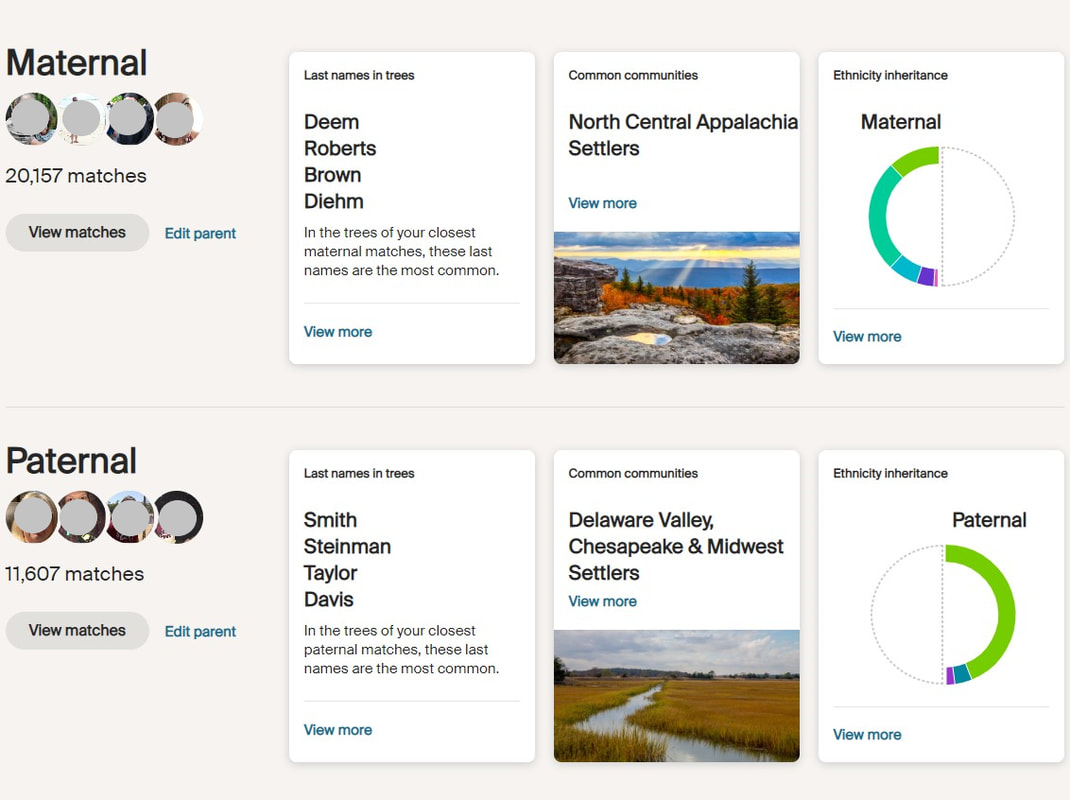


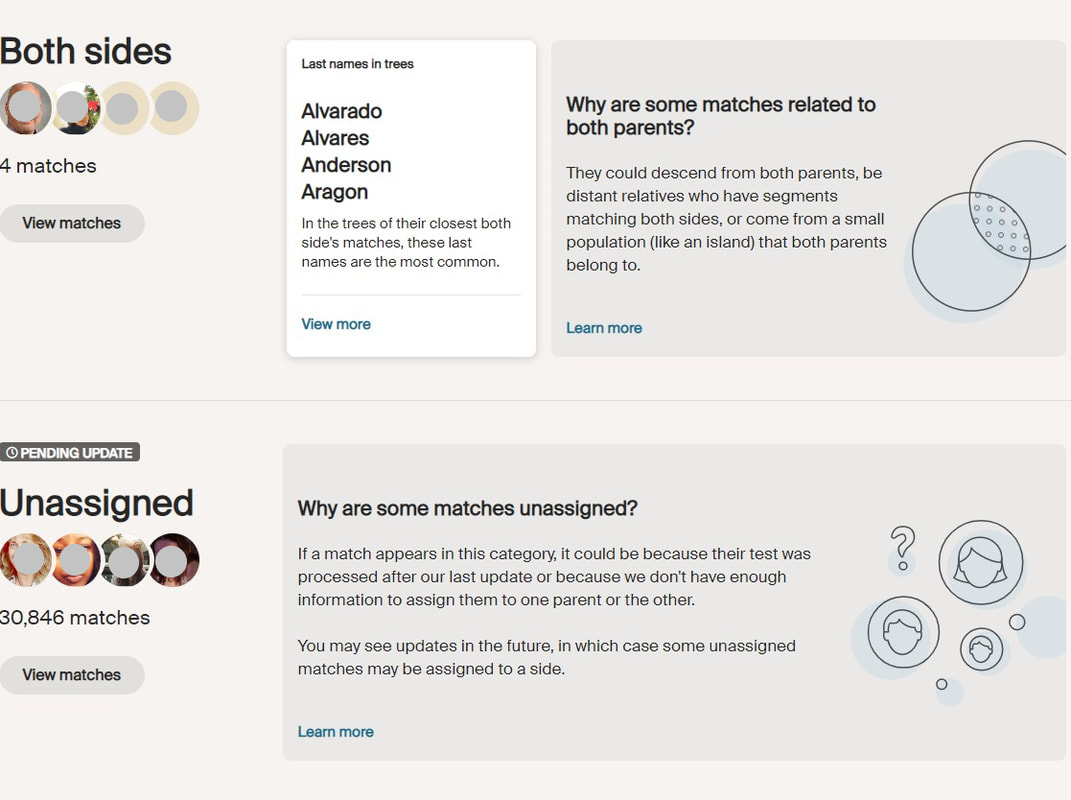
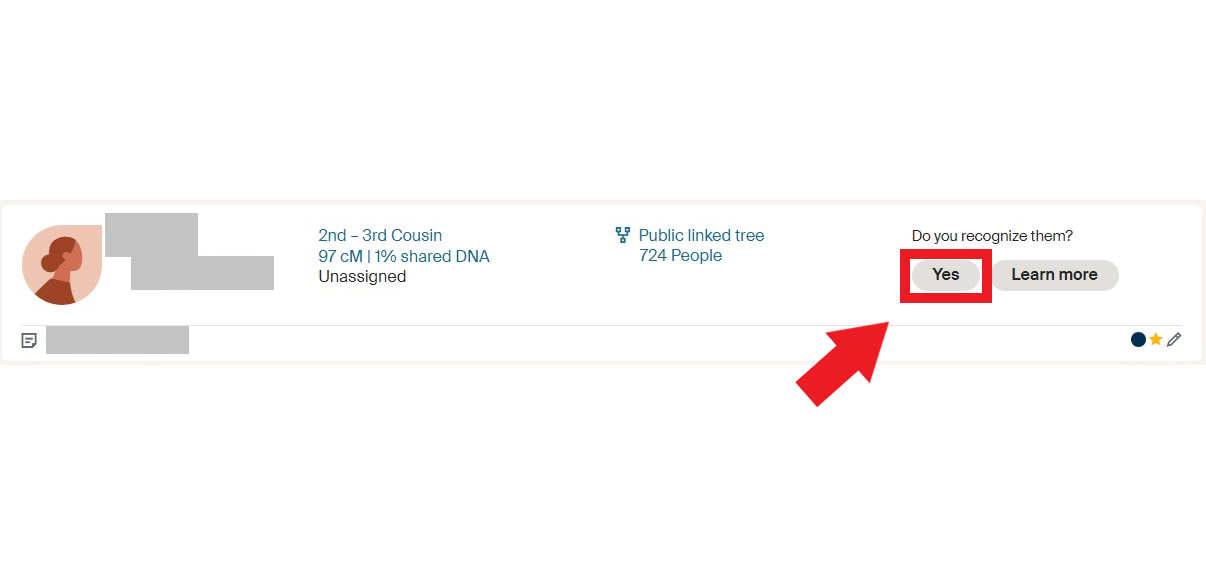
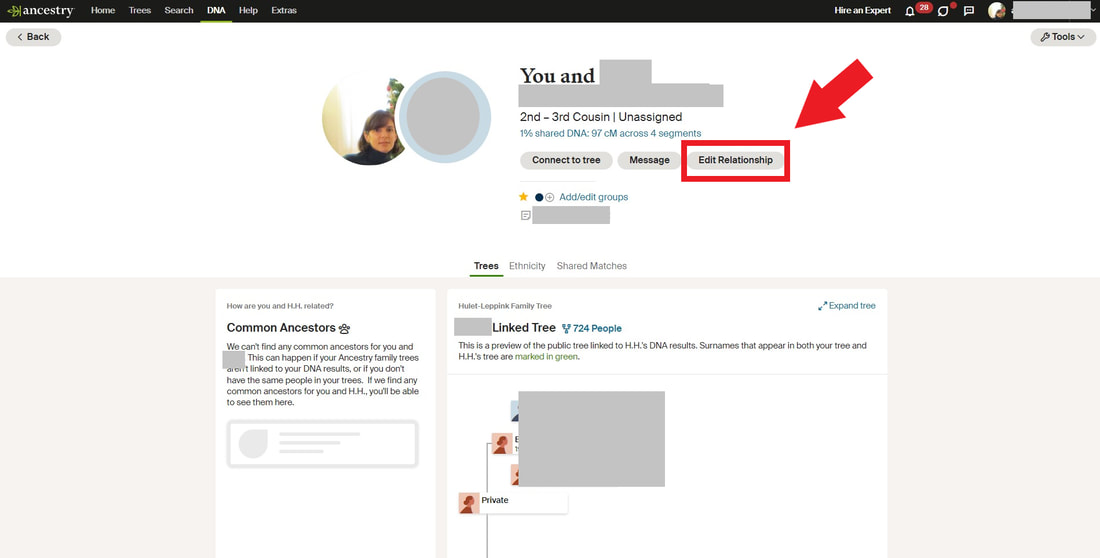
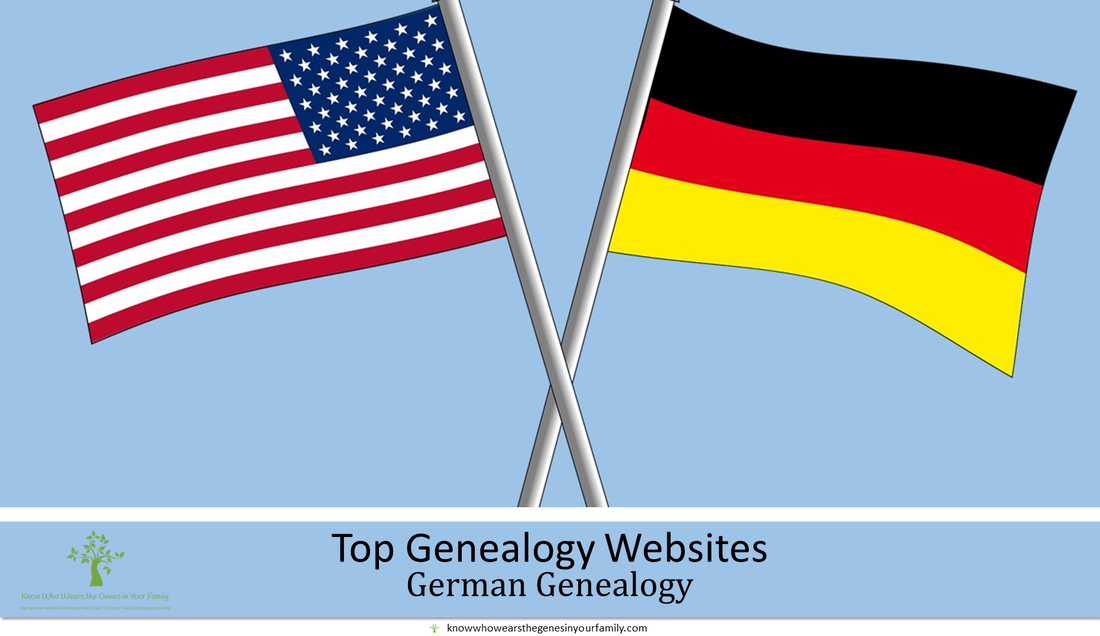
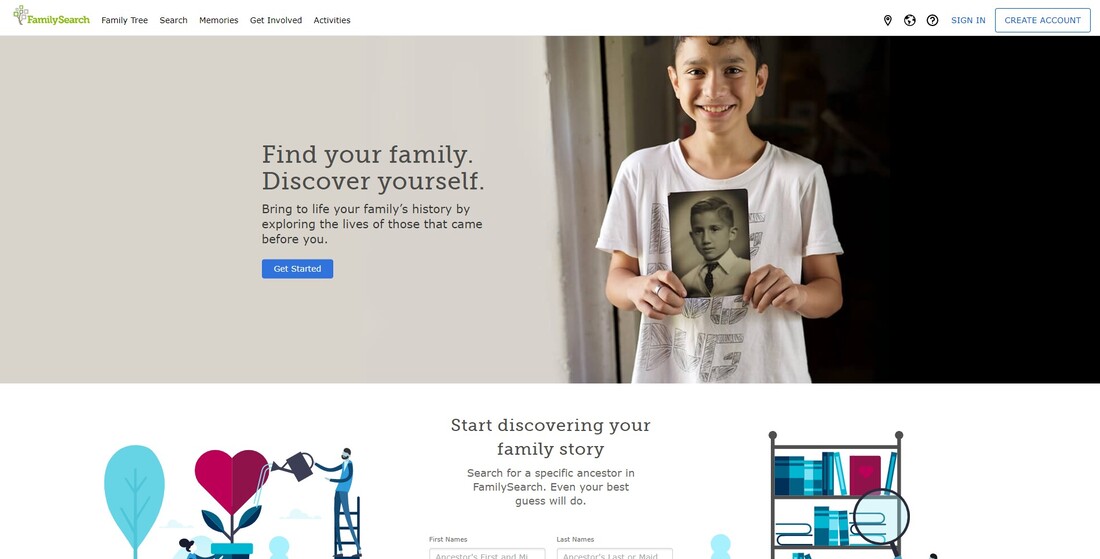
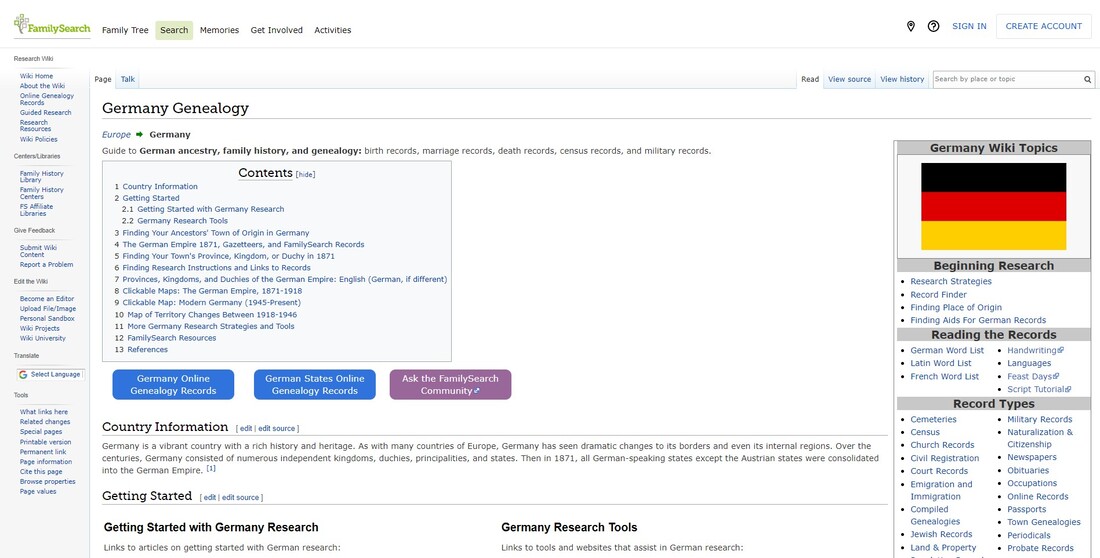
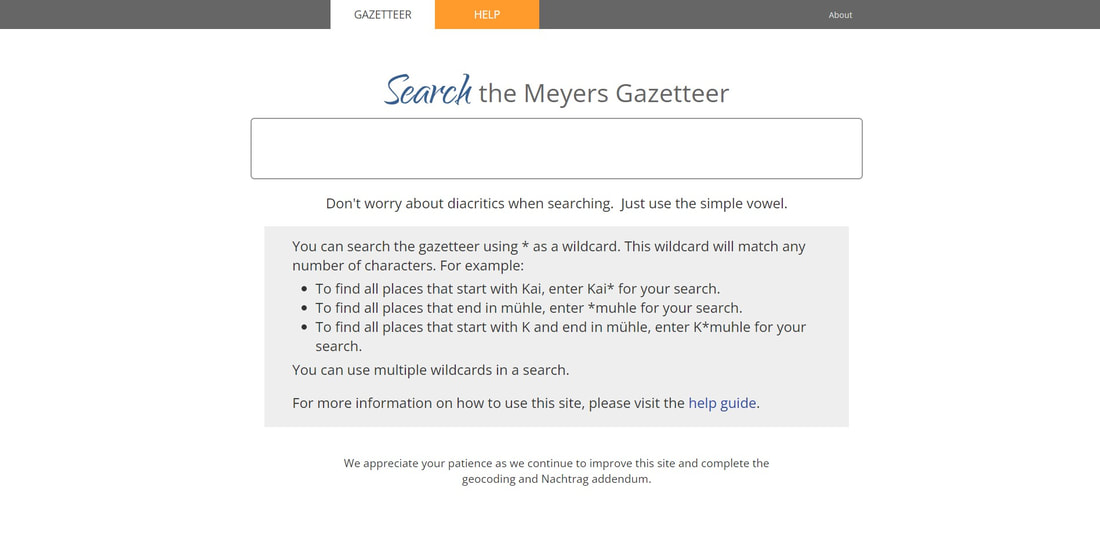
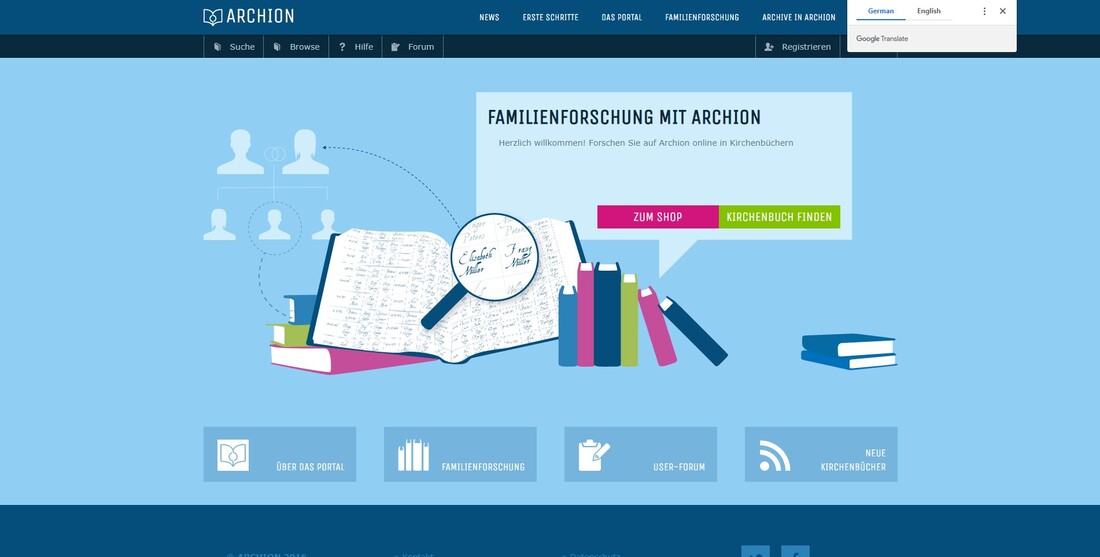

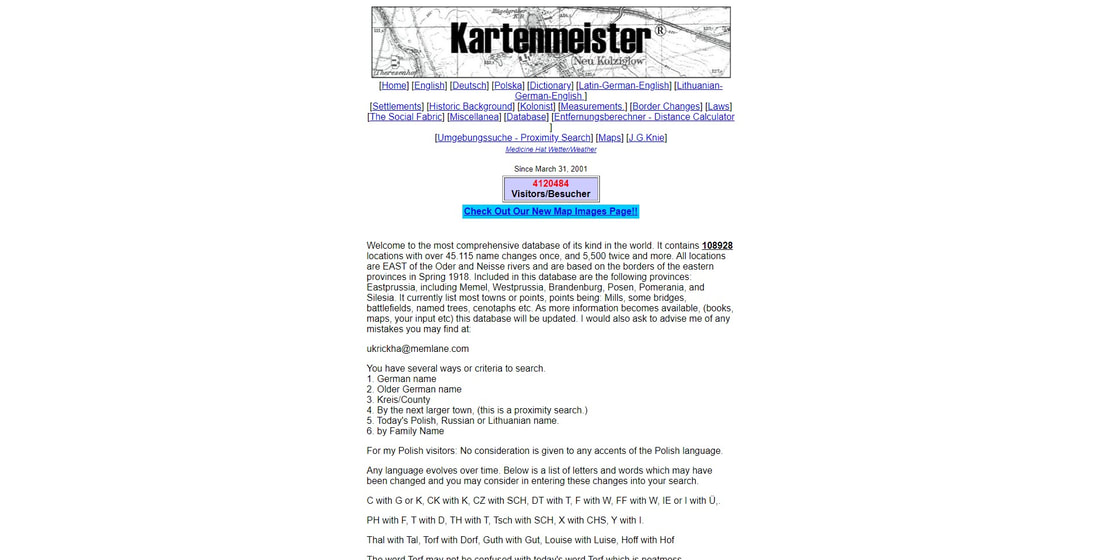
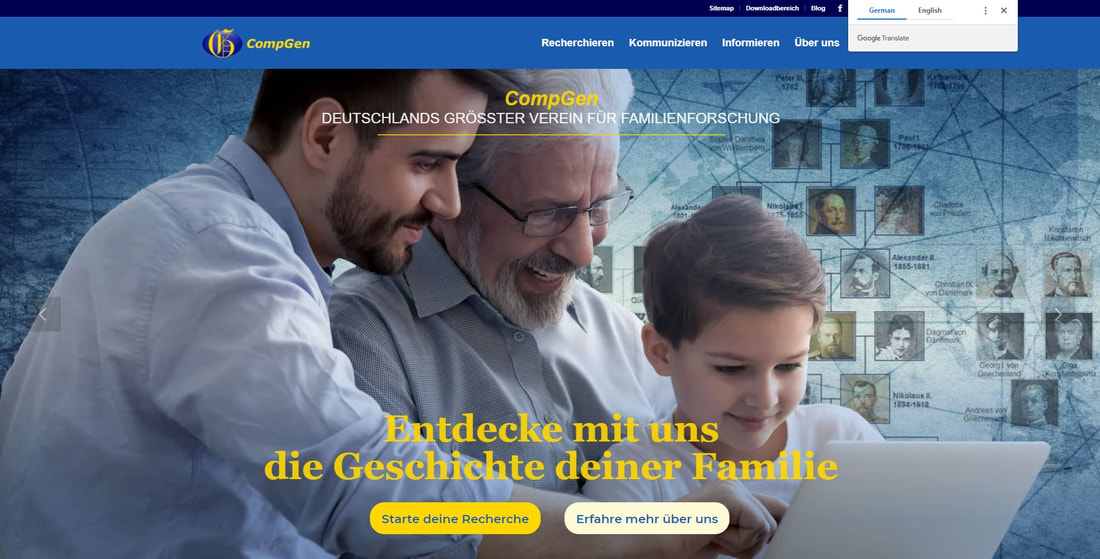

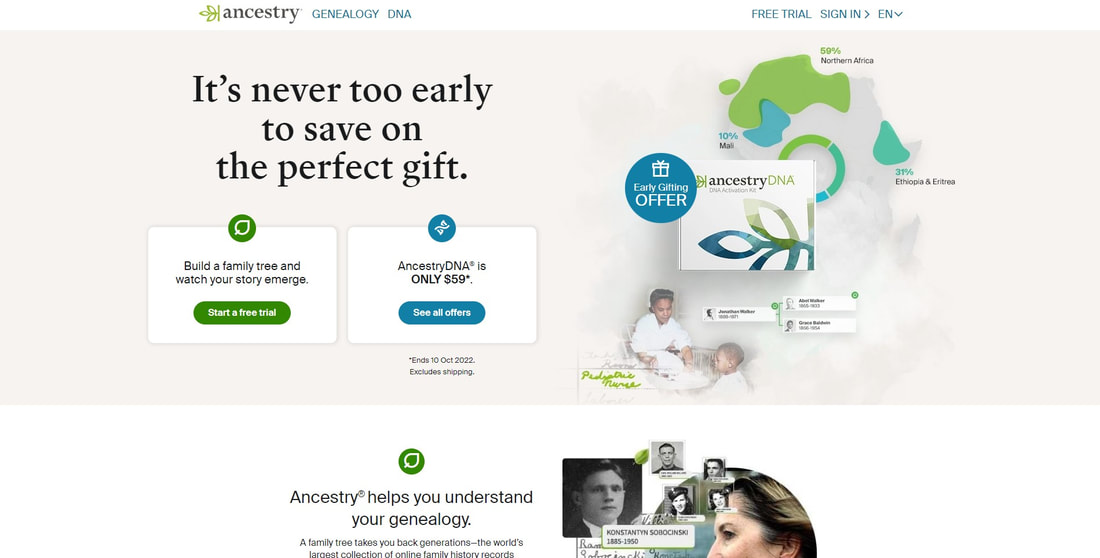
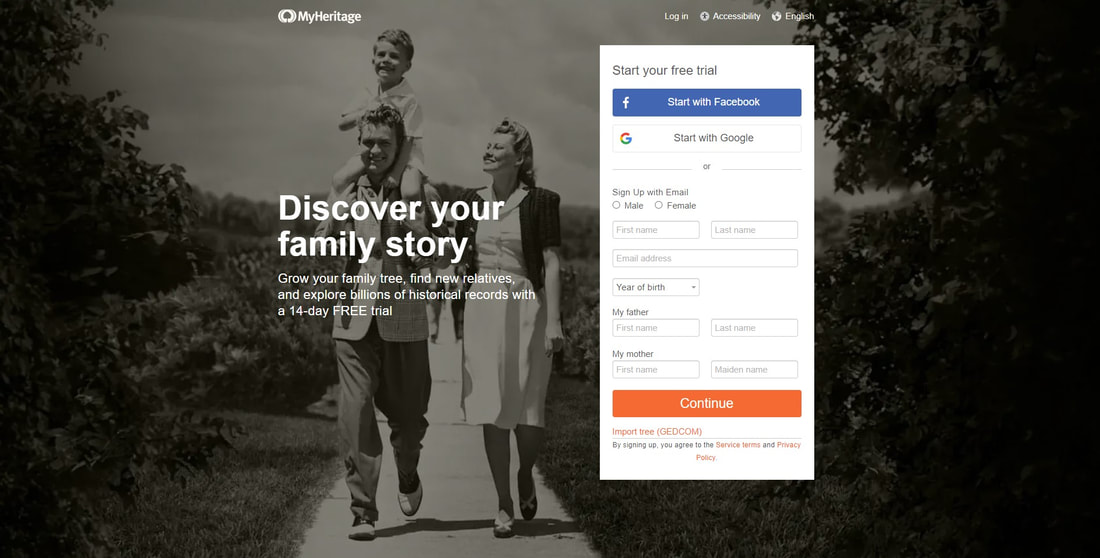
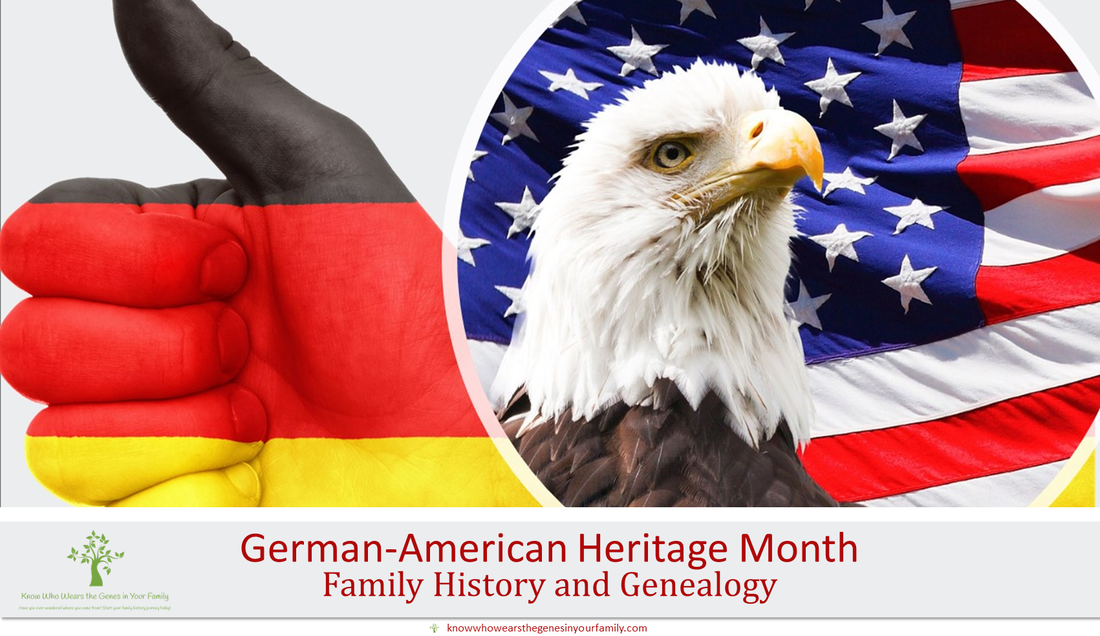
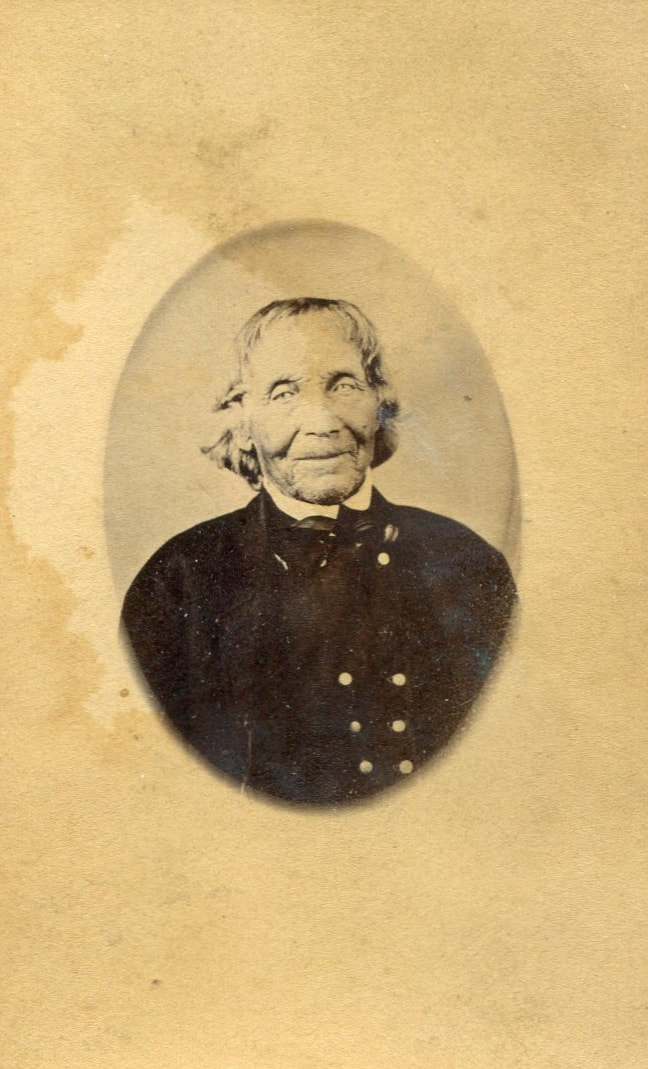
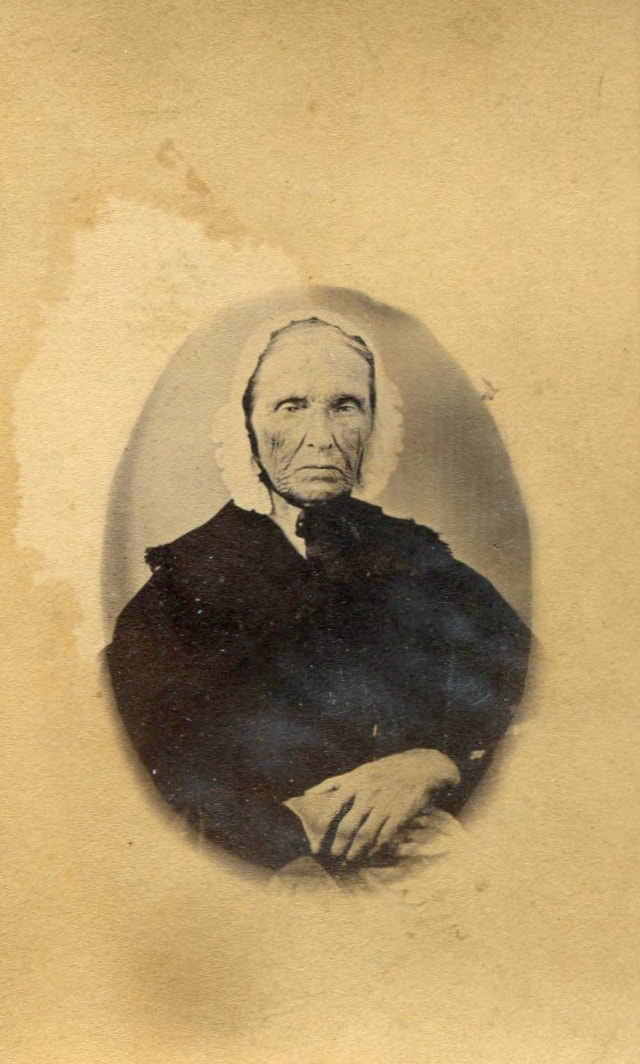
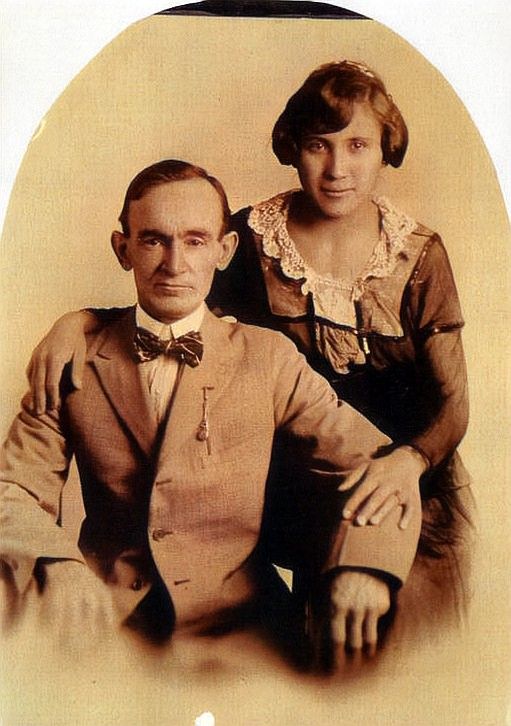
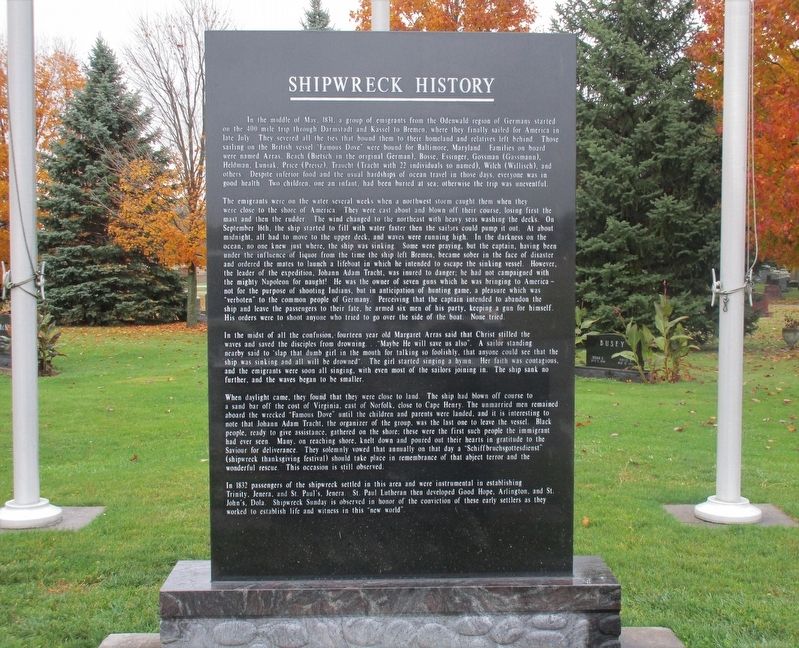
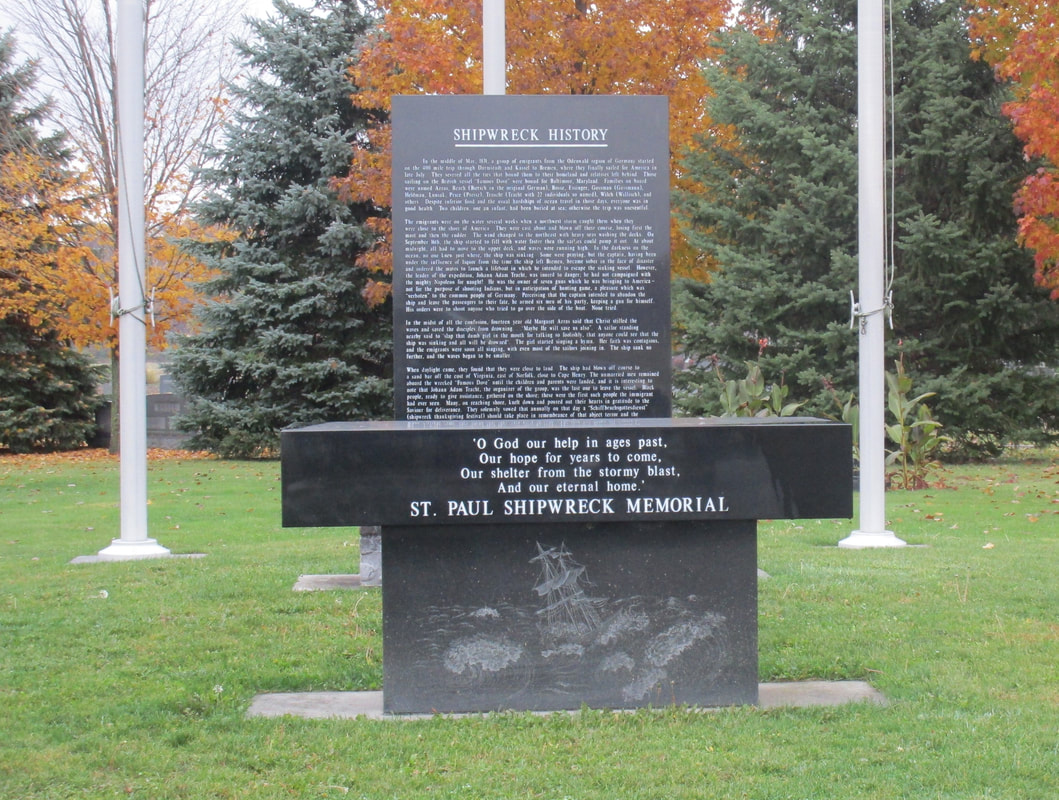
 RSS Feed
RSS Feed
